Review Verdict: The Redmi Note 12 4G is a good deal for under Php 10k in the Philippines, especially with the upgraded AMOLED display. However, the Snapdragon 685 is a case of diminishing returns, where the added processing power took a toll on its battery life.
Pros
-Good low-light performance on main camera
-One of the best AMOLED displays in its class
Cons
-Less than stellar battery life
-Back to a single speaker
The Redmi Note 12 4G is Xiaomi’s most affordable offering in the Philippines under the Redmi Note 12 series, and it’s an incremental improvement over last year’s Redmi Note 11. Aside from being physically bigger and having a better AMOLED display, is the Redmi Note 12 4G worth the upgrade?
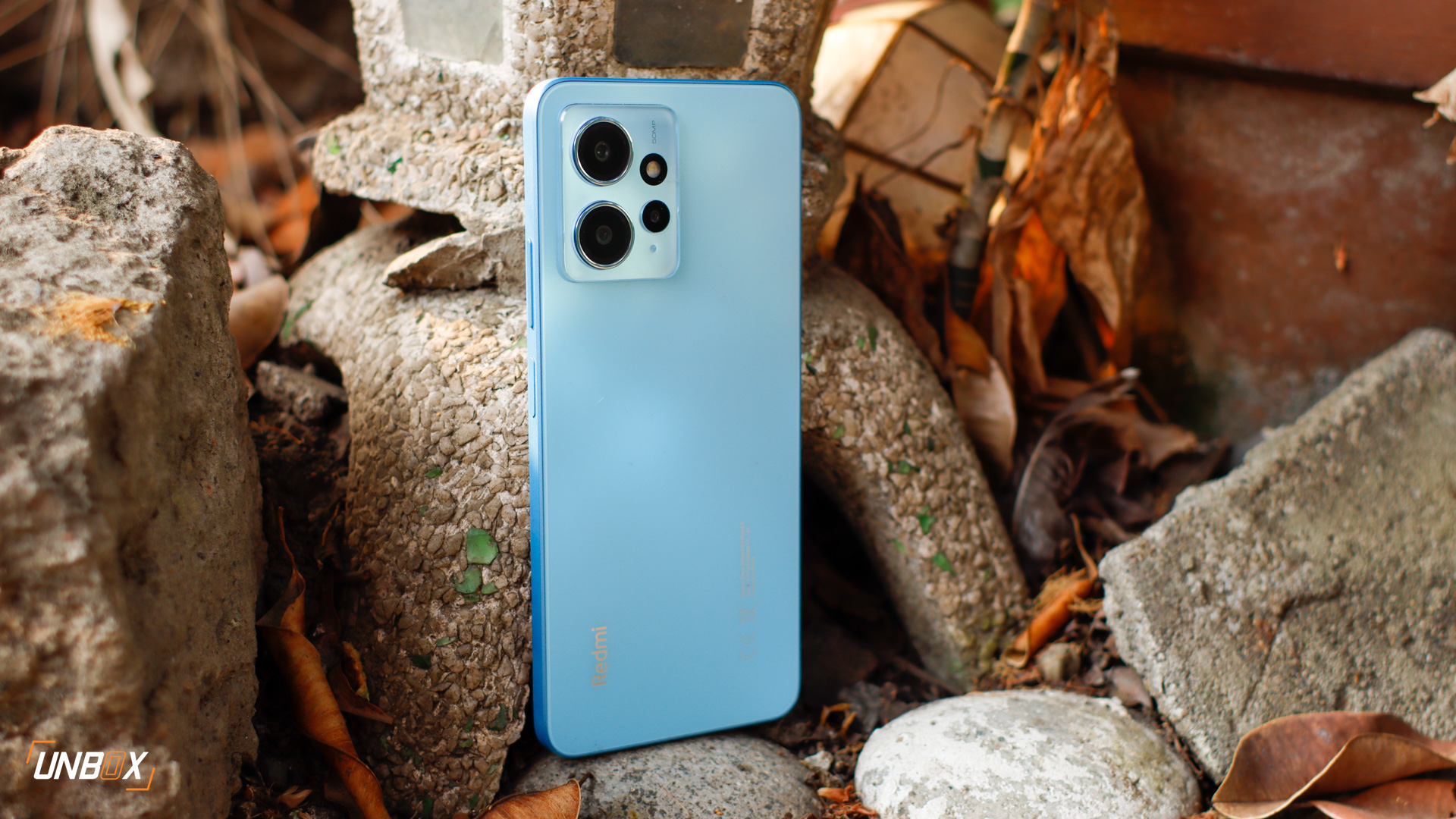
Design
The Redmi Note 12 4G has a matte finish for its polycarbonate back panel, and its camera module reminds us of the POCO X5 Pro. This gives the Redmi Note 12 4G a cleaner and more minimalist look than its predecessor. Our review unit is in ice blue that emits a subtle shine when light hits the surface.
Just like most phones launched in 2023, the Redmi Note 12 4G has flat frame sides and is relatively slim for a device that packs a 5000mAh battery inside. The button and port layout is the same as the Redmi Note 11, but we’re dismayed to see that Xiaomi did not equip the Redmi Note 12 4G with stereo speakers.
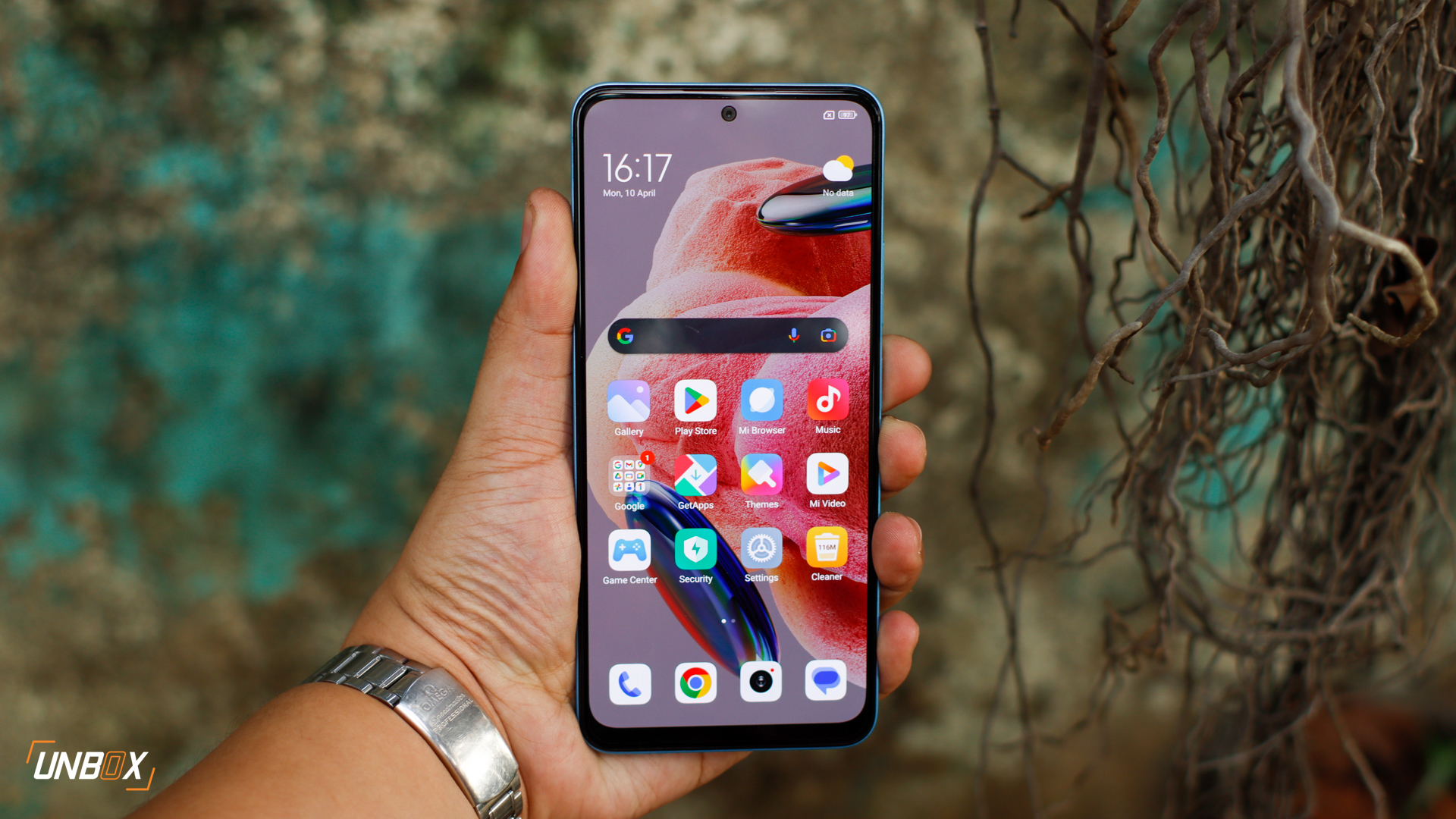
Display
The biggest upgrade of the Redmi Note 12 4G is its AMOLED display. Aside from being physically larger, it also has a smoother 120hz refresh rate and a higher maximum brightness of 1200nits (vs 1000nits on the Redmi Note 11). The 6.7-inch 120hz AMOLED display is a popular pick for Xiaomi in a number of its devices, and it’s nice to see this as a feature on their under-Php 10k phones.
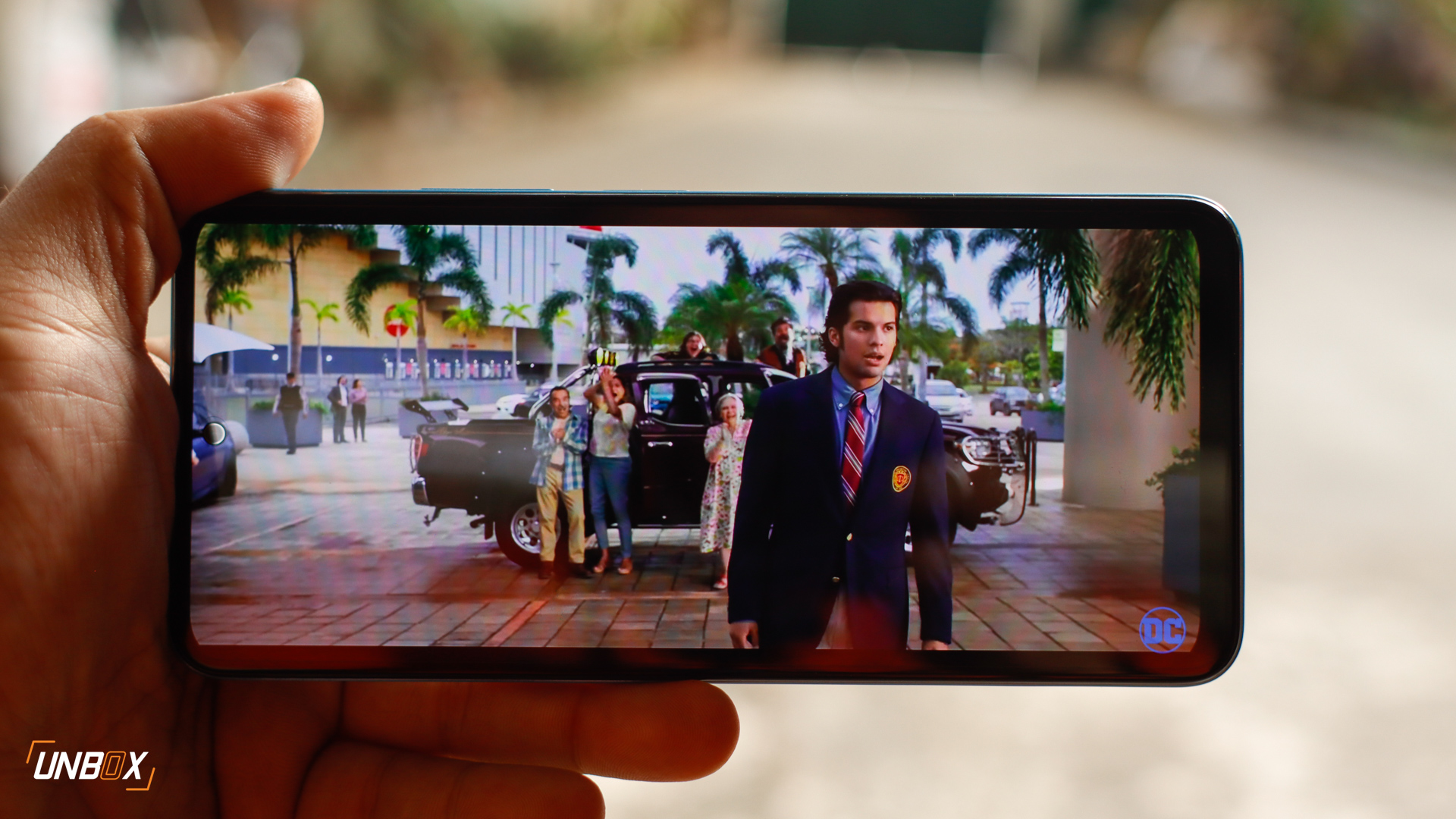
This particular AMOLED panel is tried and tested for the brand: aside from being bright enough to make the phone usable for outdoor use, the colors are more vibrant compared to AMOLED display used by its rivals. Like its predecessor, the Redmi Note 12 4G has Widevine L1, letting you enjoy all those Netflix shows in Full HD.
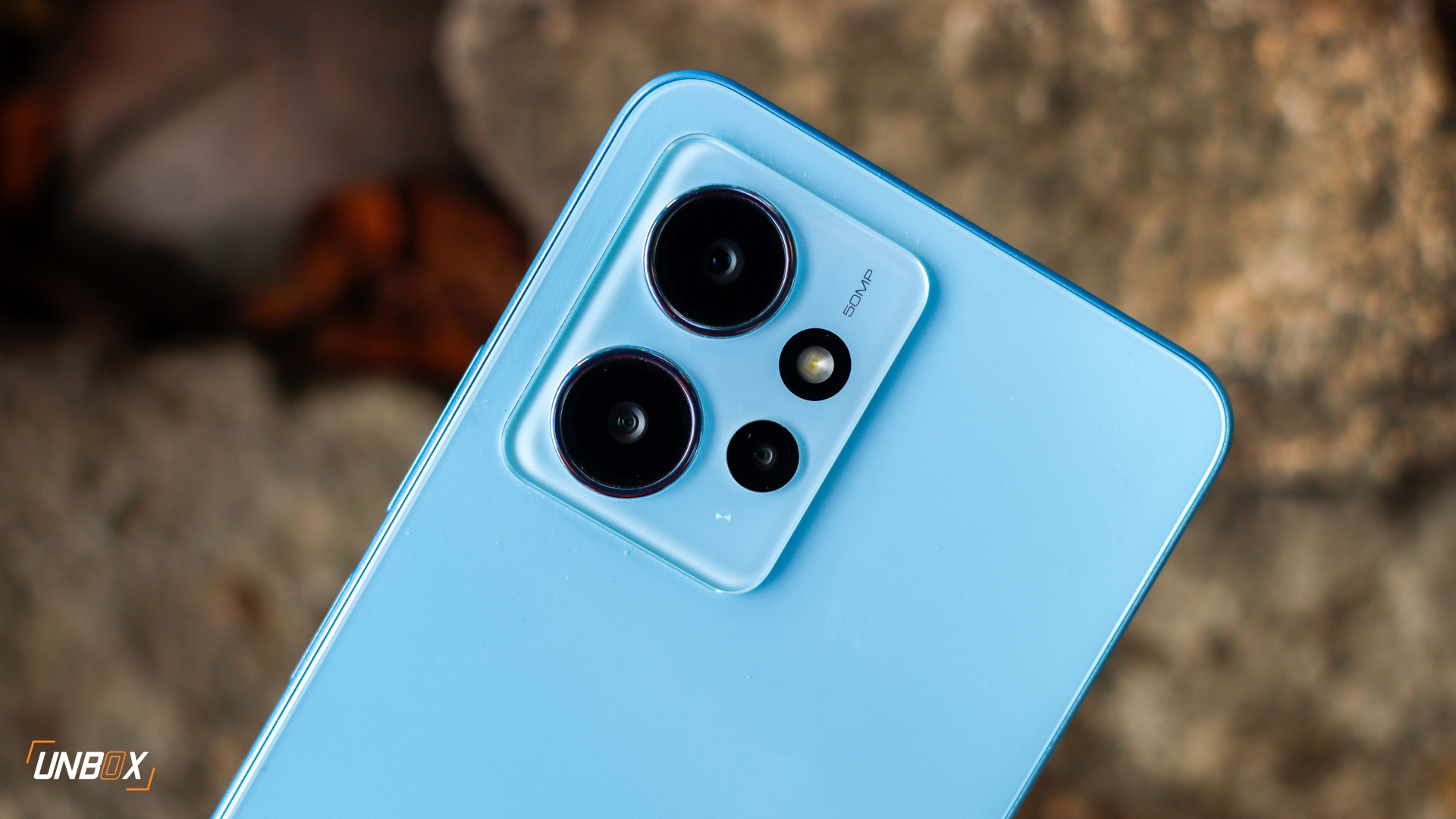
Cameras
The Redmi Note 12 4G is the latest phone to “simplify” its camera setup by ditching one of its 2-megapixel filler cameras and having a more streamlined triple camera layout. Otherwise, the camera setup is basically the same with a 50-megapixel main camera, 8-megapixel ultra-wide, and 2-megapixel macro camera.
The 50-megapixel ISOCELL JN1 main camera performed decently for a budget device in daylight and indoor lighting conditions, giving you a good balance of highlights and shadows and keeping images with minimal grain when you don’t get that much lighting.
When it comes to low-light shooting, you are better off using the Redmi Note 12 4G’s Night mode (which is only available when using the main camera). Comparing shots taken using full auto mode and night mode, the latter managed blown highlights better than the former, giving you more detail in your shot.
Comparing the main camera to the 8-megapixel ultra-wide camera, we noticed that the Redmi Note 12 4G tends to boost saturation further with the ultra-wide camera. While it may be nice for making photos look vibrant, there are scenarios that the oversaturation tends to make the photos look artificial.
Like its predecessor, video recording caps out at Full HD 30FPS. While there’s no OIS, the Redmi Note 12 4G does have a decent EIS performance–though the footage appears to be softer compared to photos.
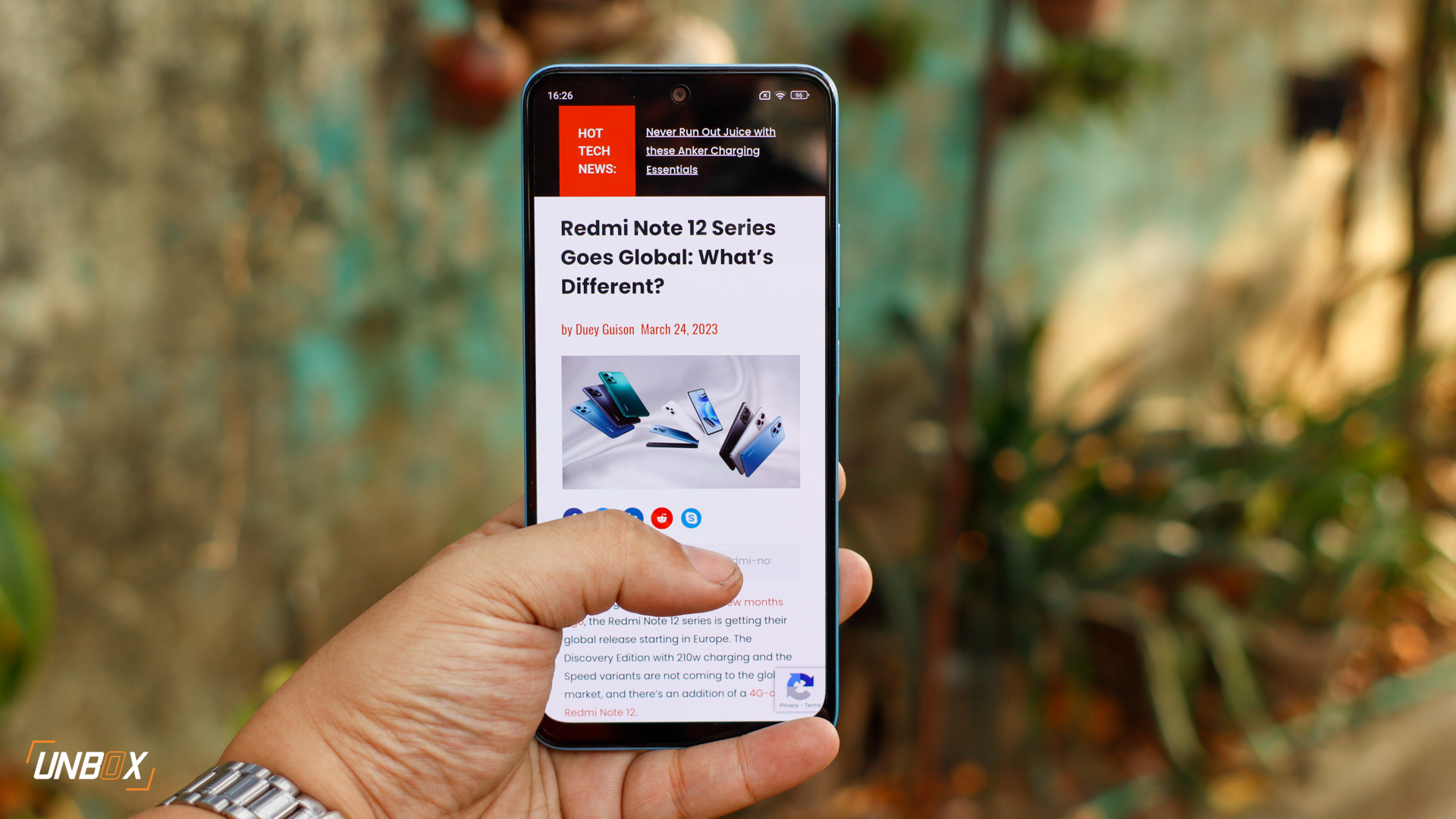
Internals and Battery Life
The Redmi Note 12 4G is the first phone to use a Snapdragon 685, which is essentially an overclocked version of the Snapdragon 680 used on the Redmi Note 11. You get 128GB UFS 2.2 storage, along with either 4GB or 8GB RAM.
The main difference between the Snapdragon 685 and 680 is that the former’s Cortex-A73 cores are clocked at 2.8Ghz, which is the highest possible speed for these CPU cores.
While the higher CPU clock speeds do help in making the Redmi Note 12 4G feel more fluid with day-to-day use, you don’t feel any difference when it comes to gaming since the GPU is still the same Adreno 610 used by the Snapdragon 680.
Comparing our experience with playing Genshin Impact at Low graphics, we were getting roughly the same average FPS between both the Redmi Note 12 4G and Redmi Note 11–though the former was less stable at 77%, while the latter achieved 81%.
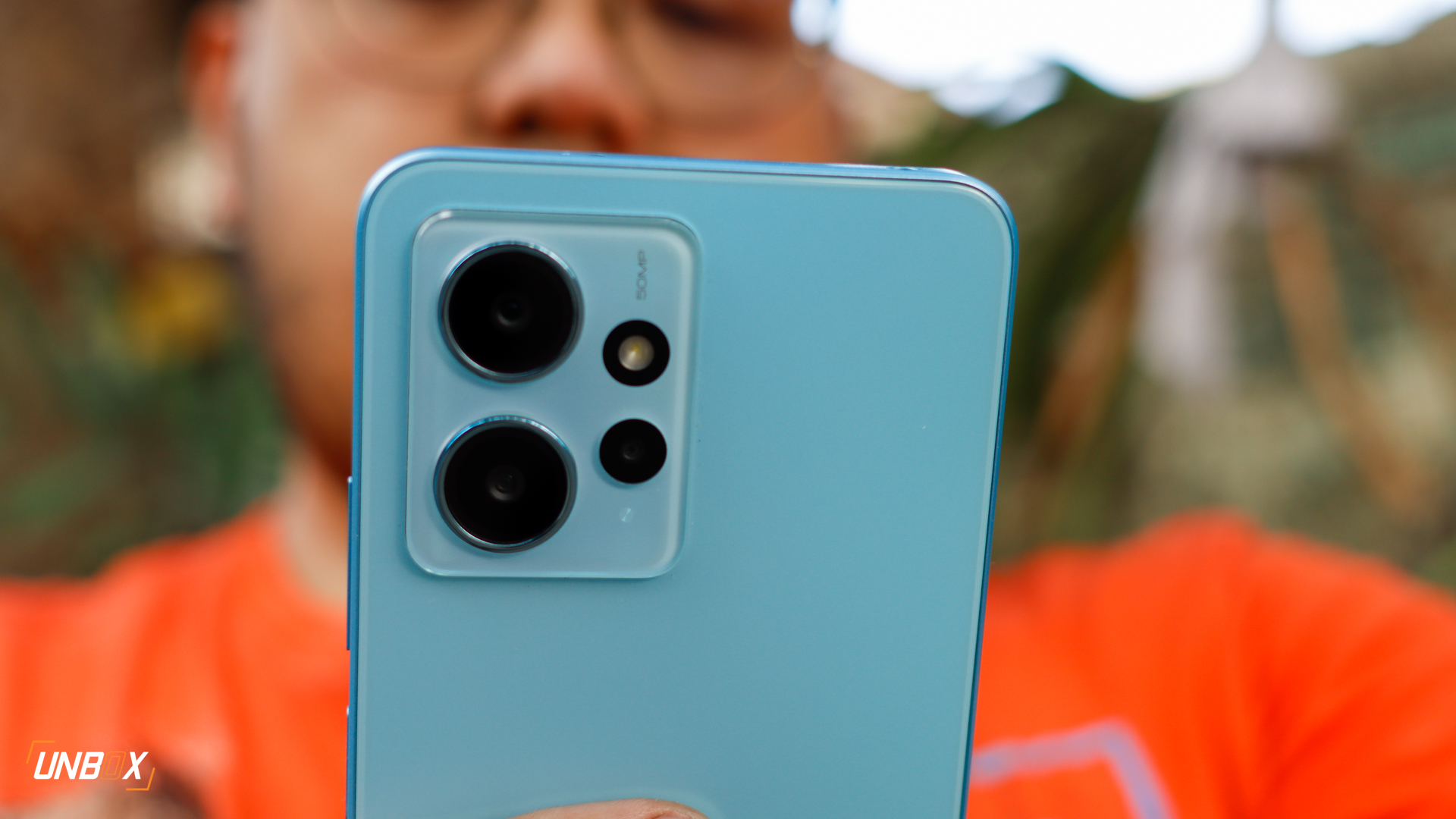
The Redmi Note 12 4G’s 5000mAh battery lasted us 11 hours 31 minutes in PCMark’s battery test with the display set to 120hz refresh rate. This is several hours lower than what we got from the Redmi Note 11, and this shows that there’s a case of diminishing returns when Qualcomm decided to overclock the Cortex-A73 cores to their absolute limit at 2.8Ghz.
Like its predecessor, the Redmi Note 12 4G supports 33w charging, and it takes a little over an hour to charge the battery to 100%.
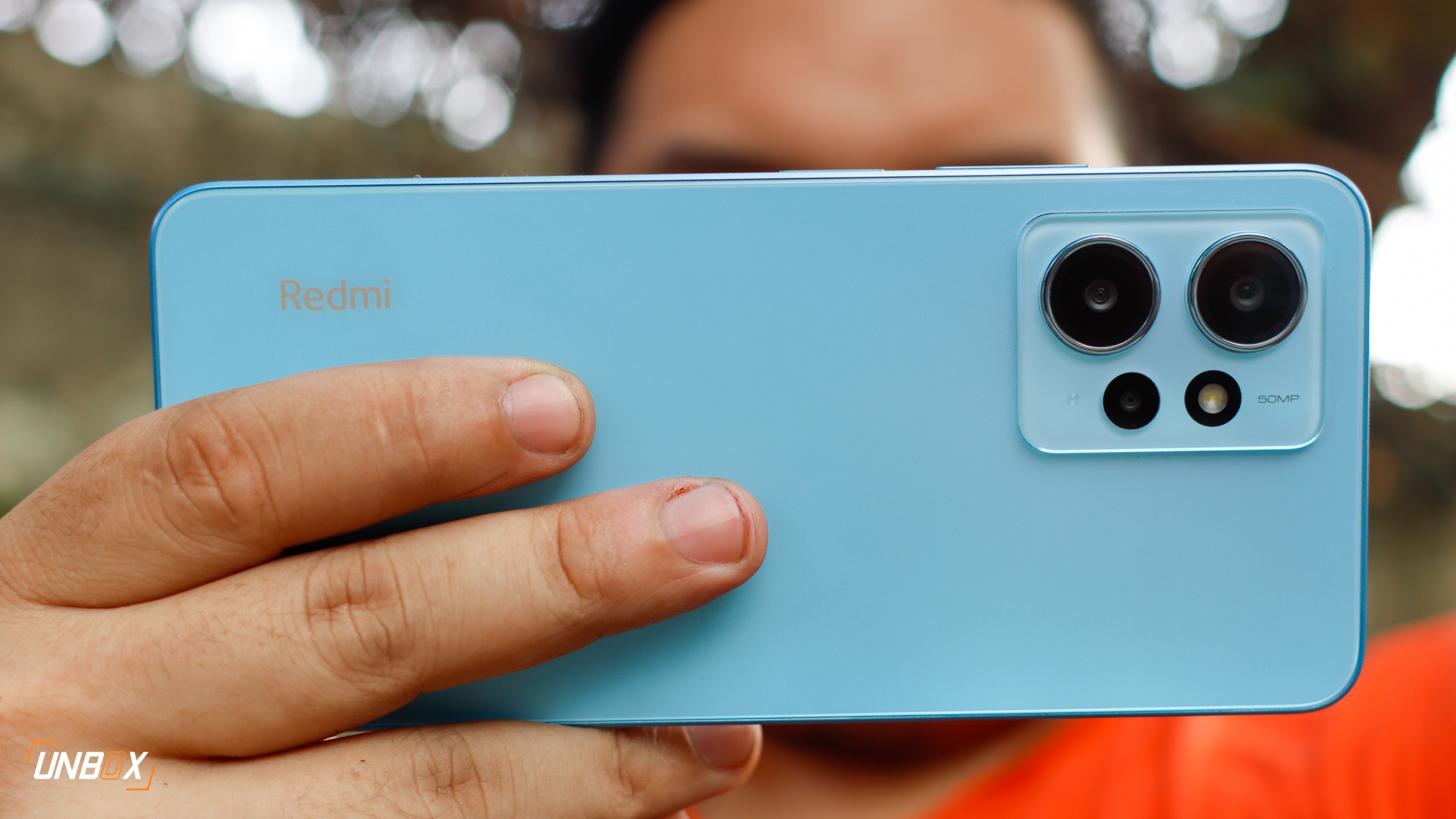
Wrap-up and Conclusions
While the AMOLED display is the main highlight of the Redmi Note 12 4G, it is better than last year’s Redmi Note 11 with its night mode camera performance. Xiaomi could have chosen to stick to the Snapdragon 680 instead, however, as the Snapdragon 685 used on the Redmi Note 12 4G took a toll on battery life–while not really offering significant performance gains.
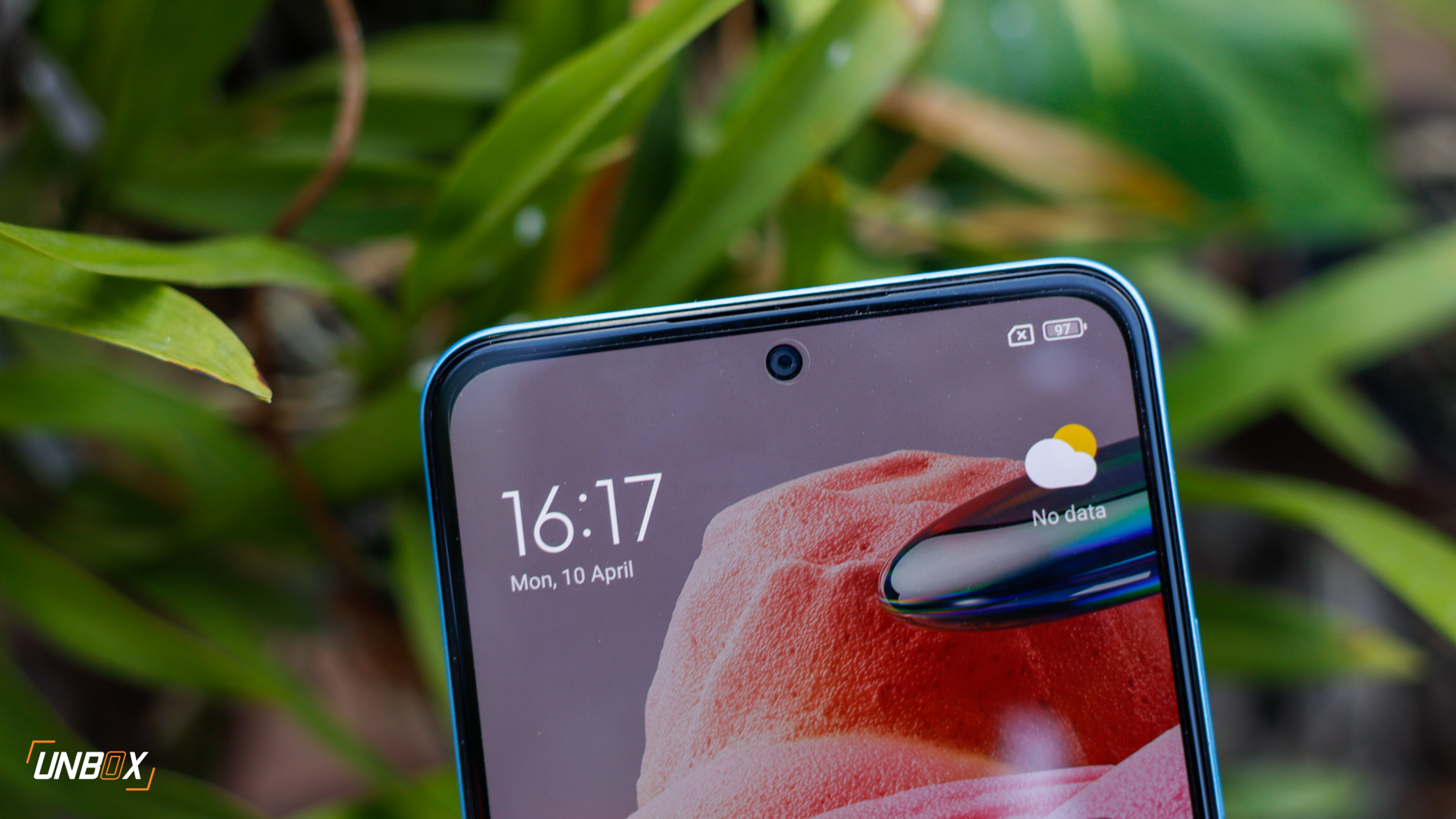
Redmi Note 12 4G Review Philippines Price
The Redmi Note 12 4G is priced at Php 9,999 for the 4GB/128GB model and Php 10,999 for the 8GB/128GB model.


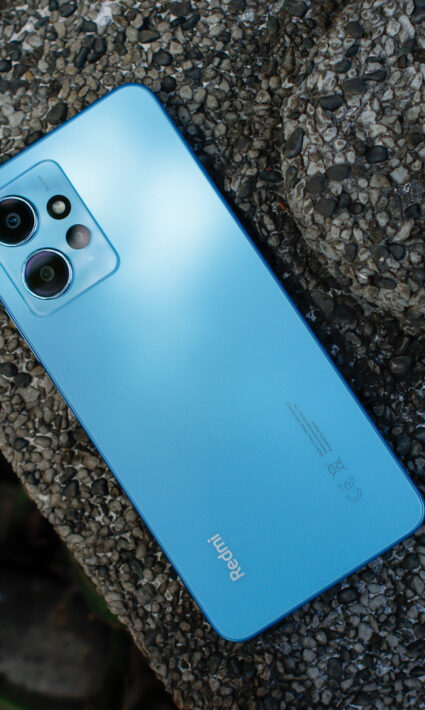
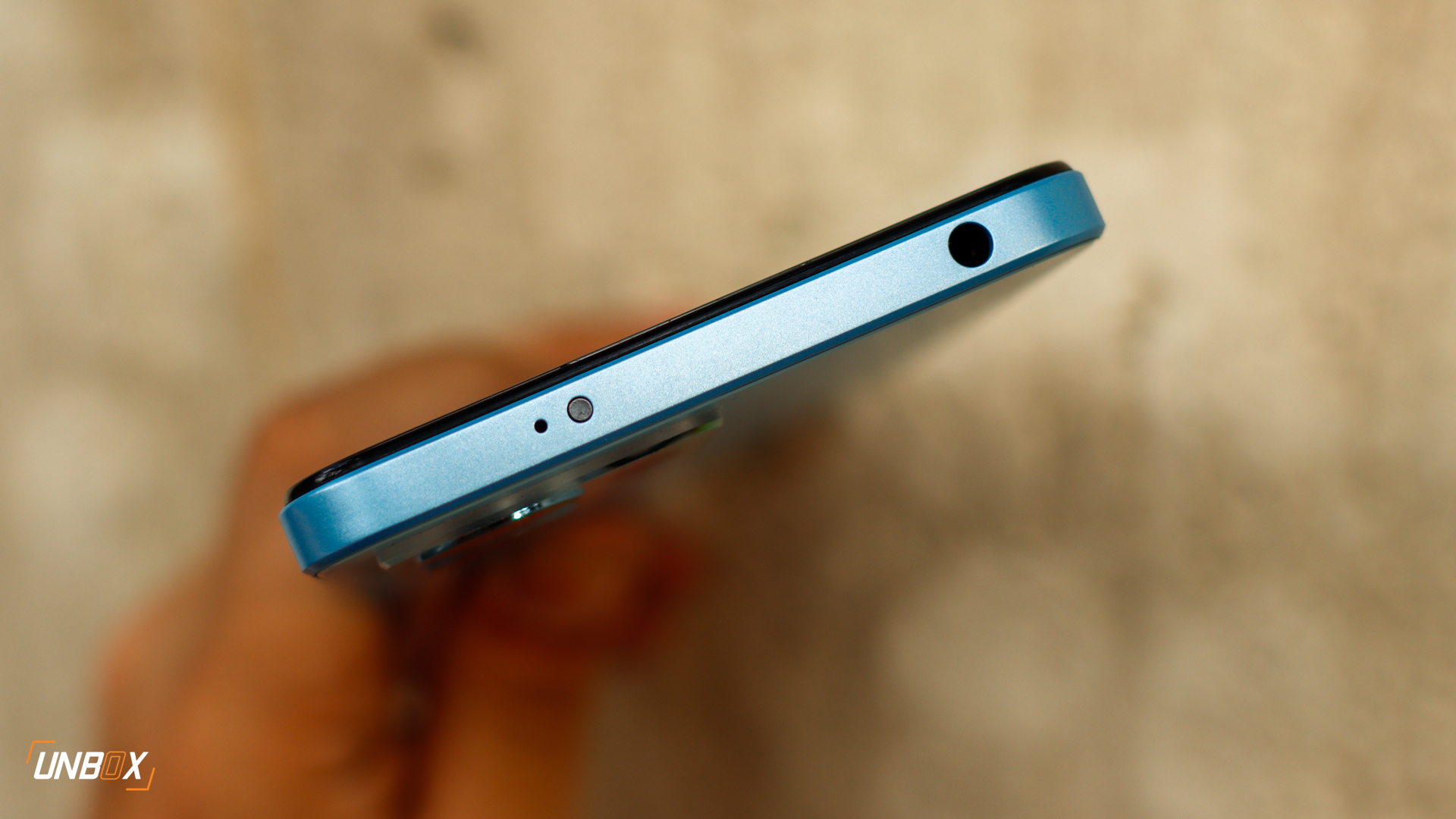
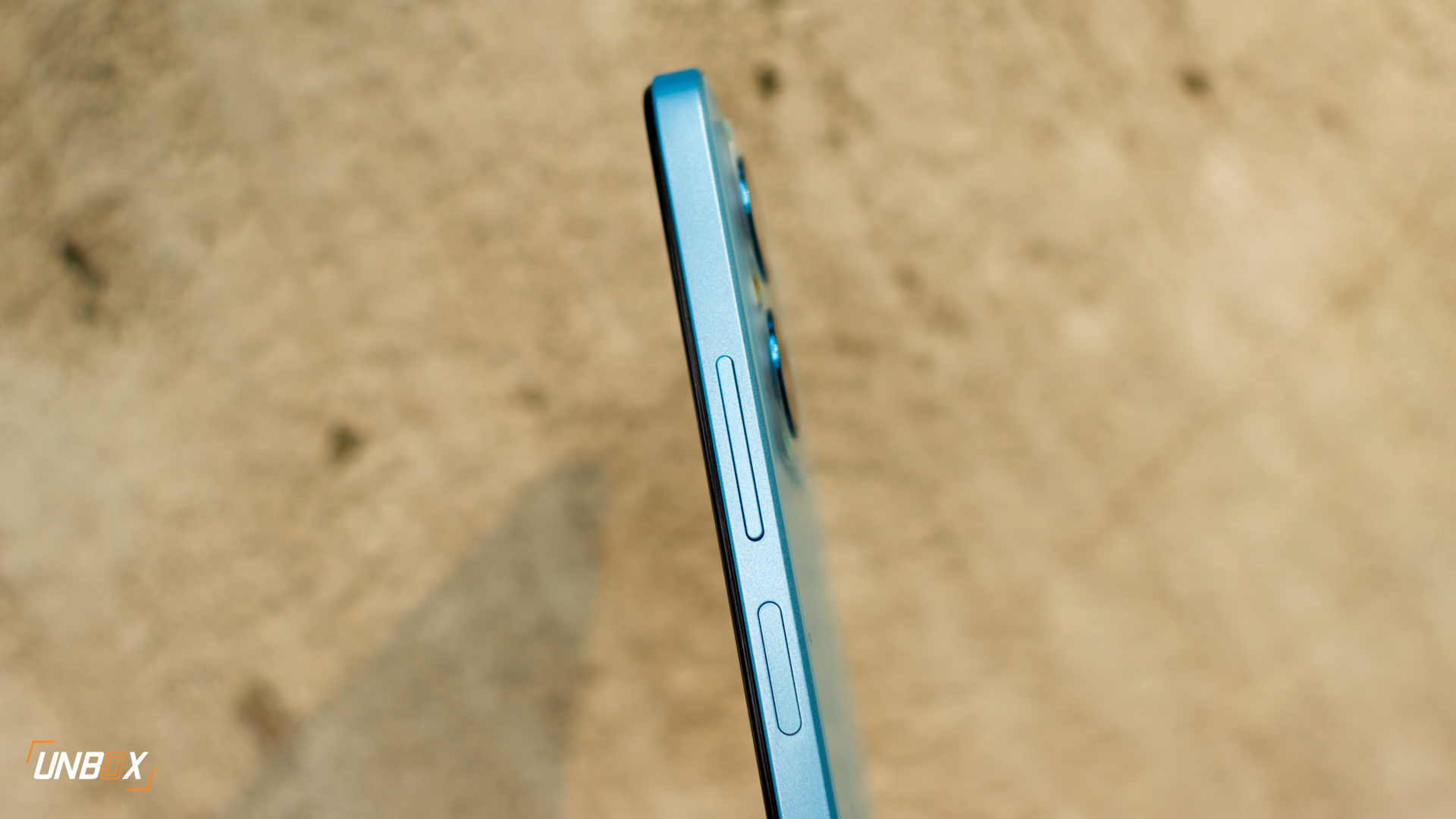


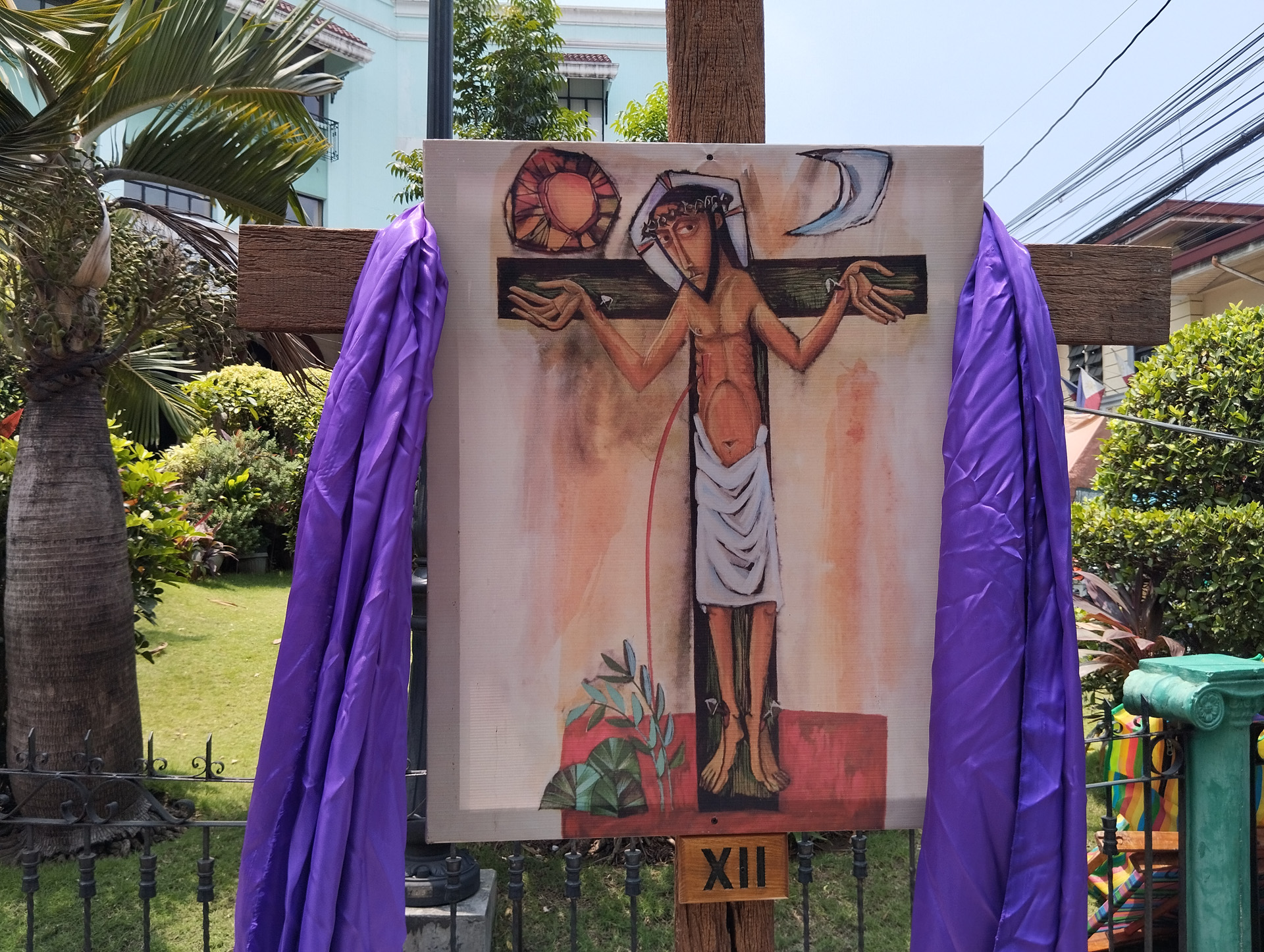



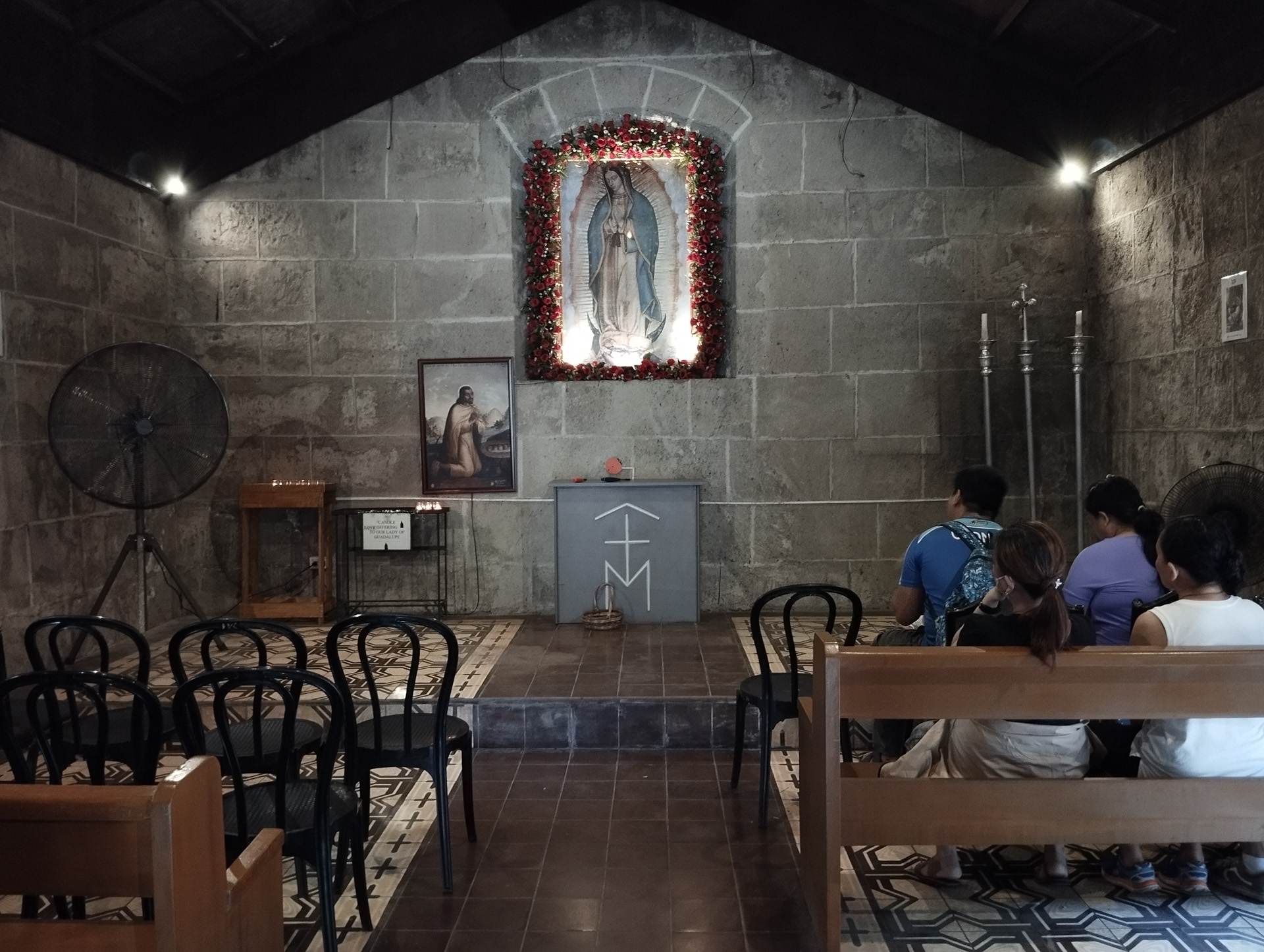

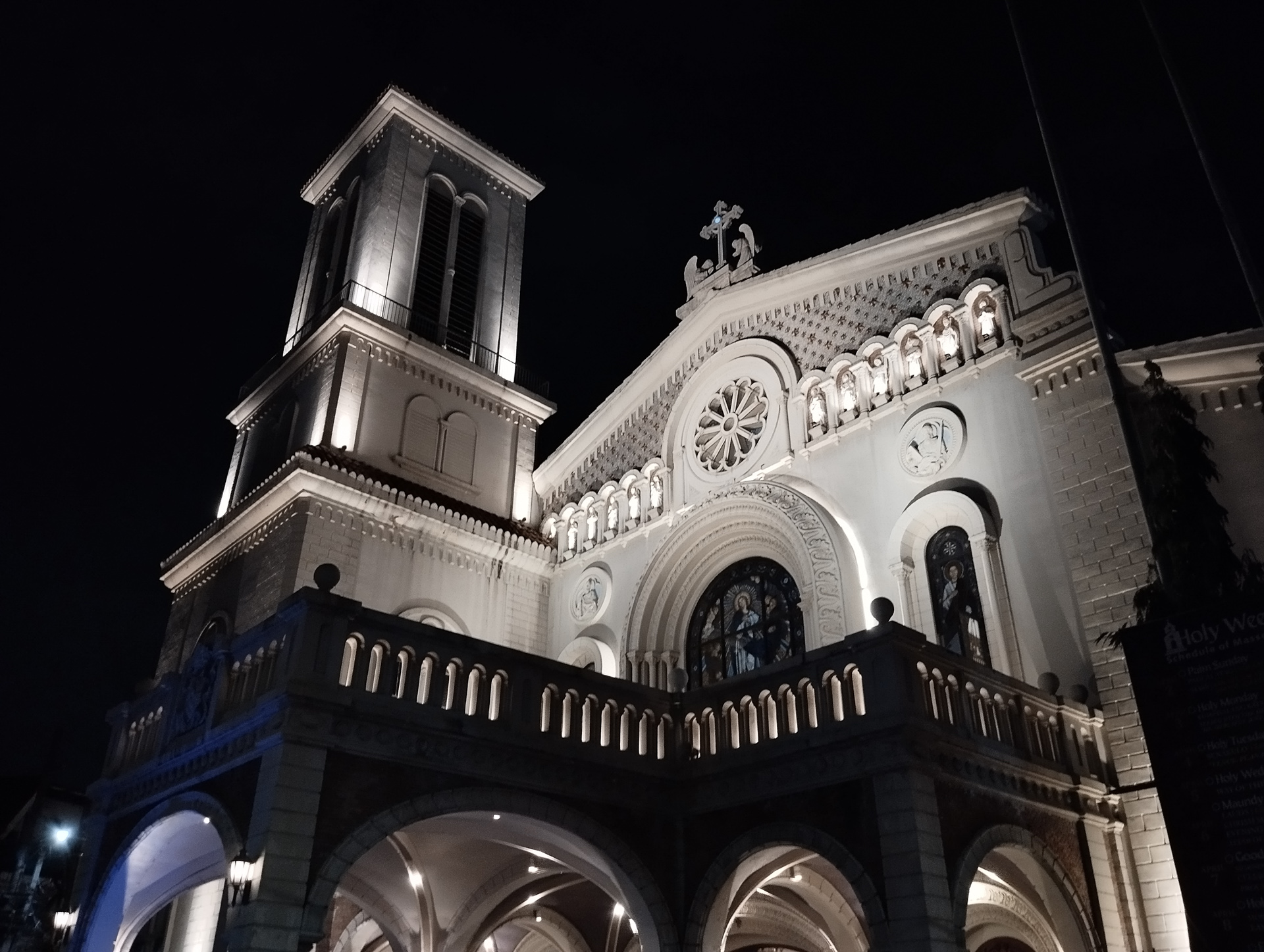

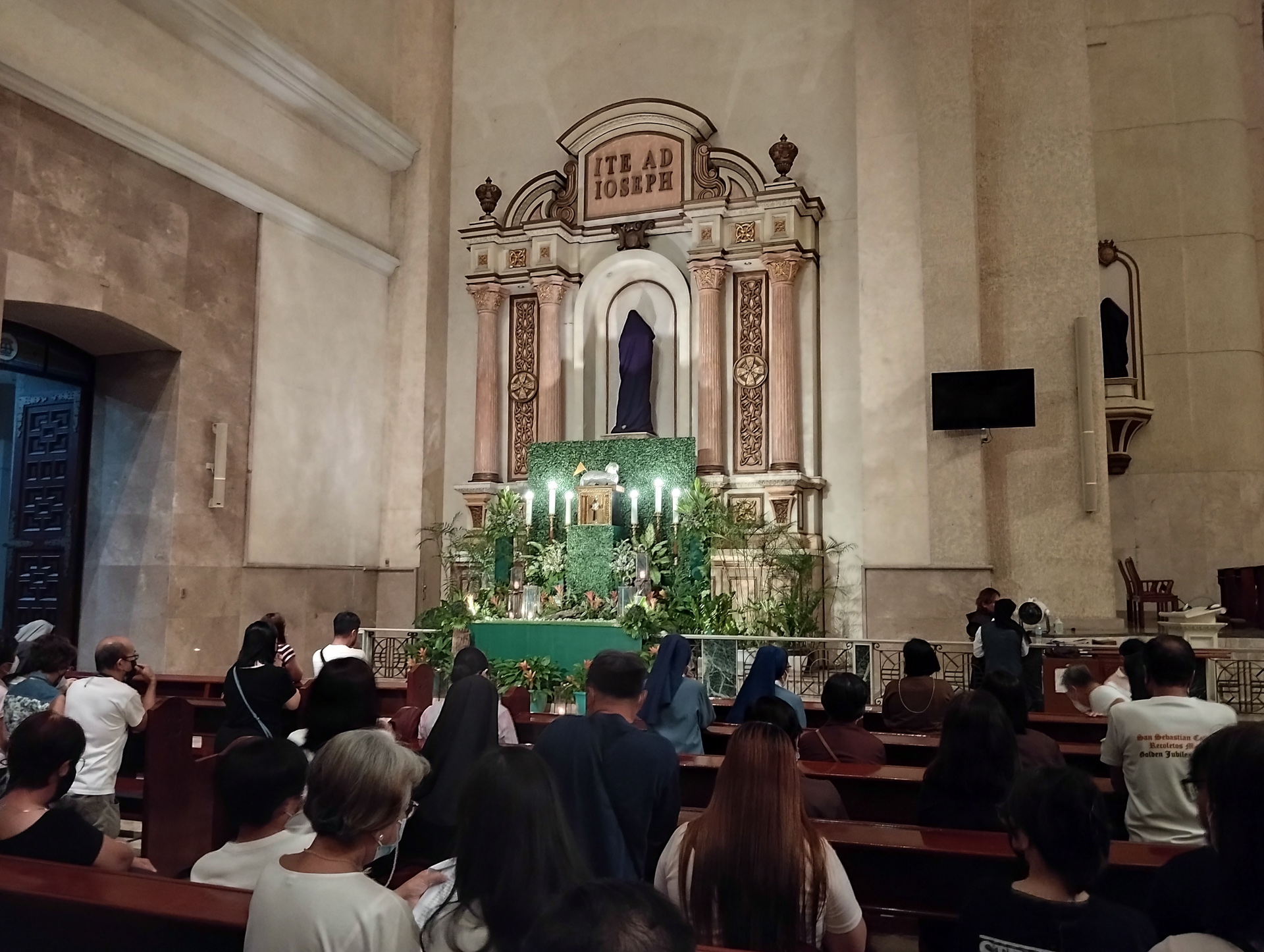
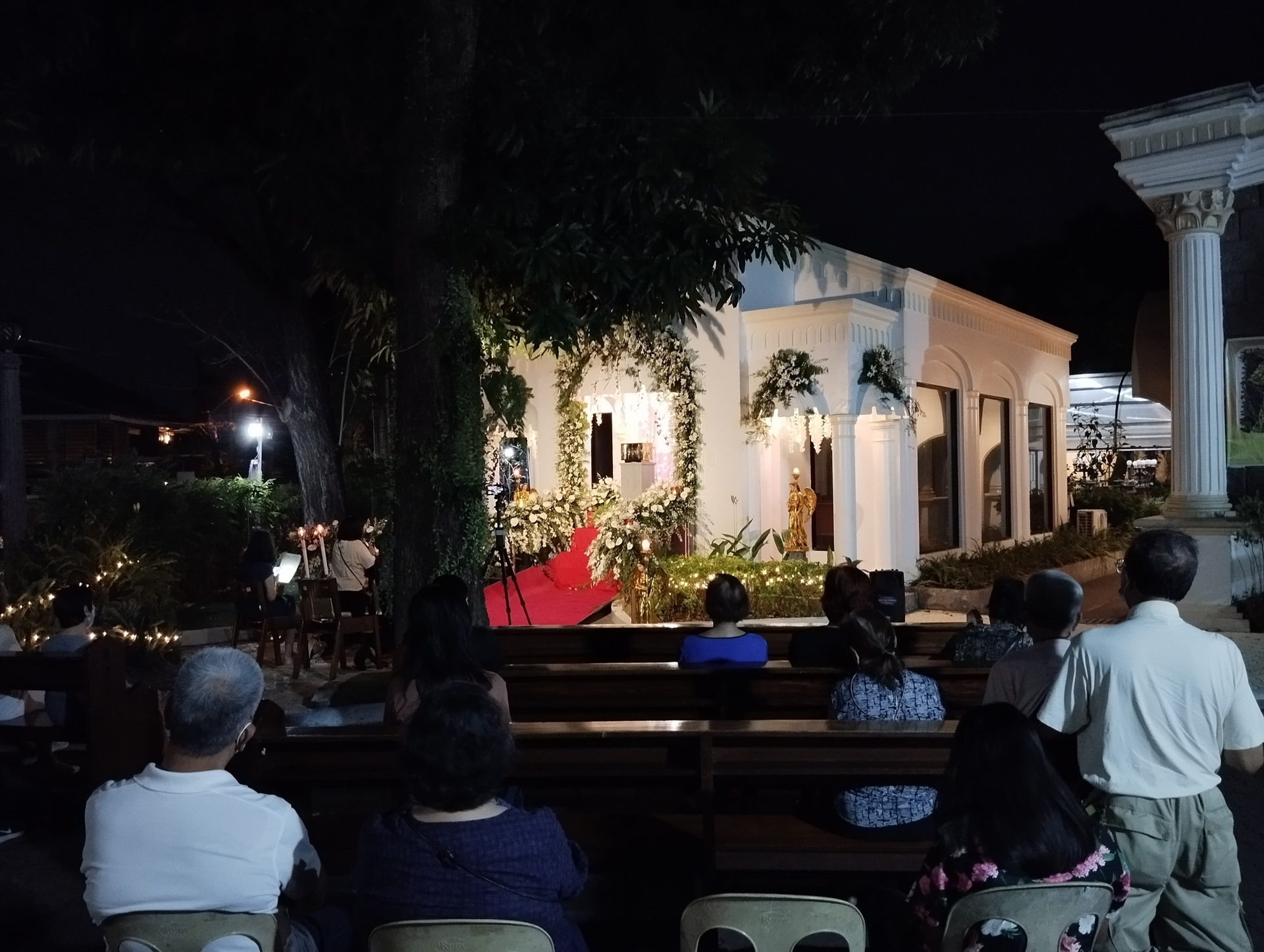
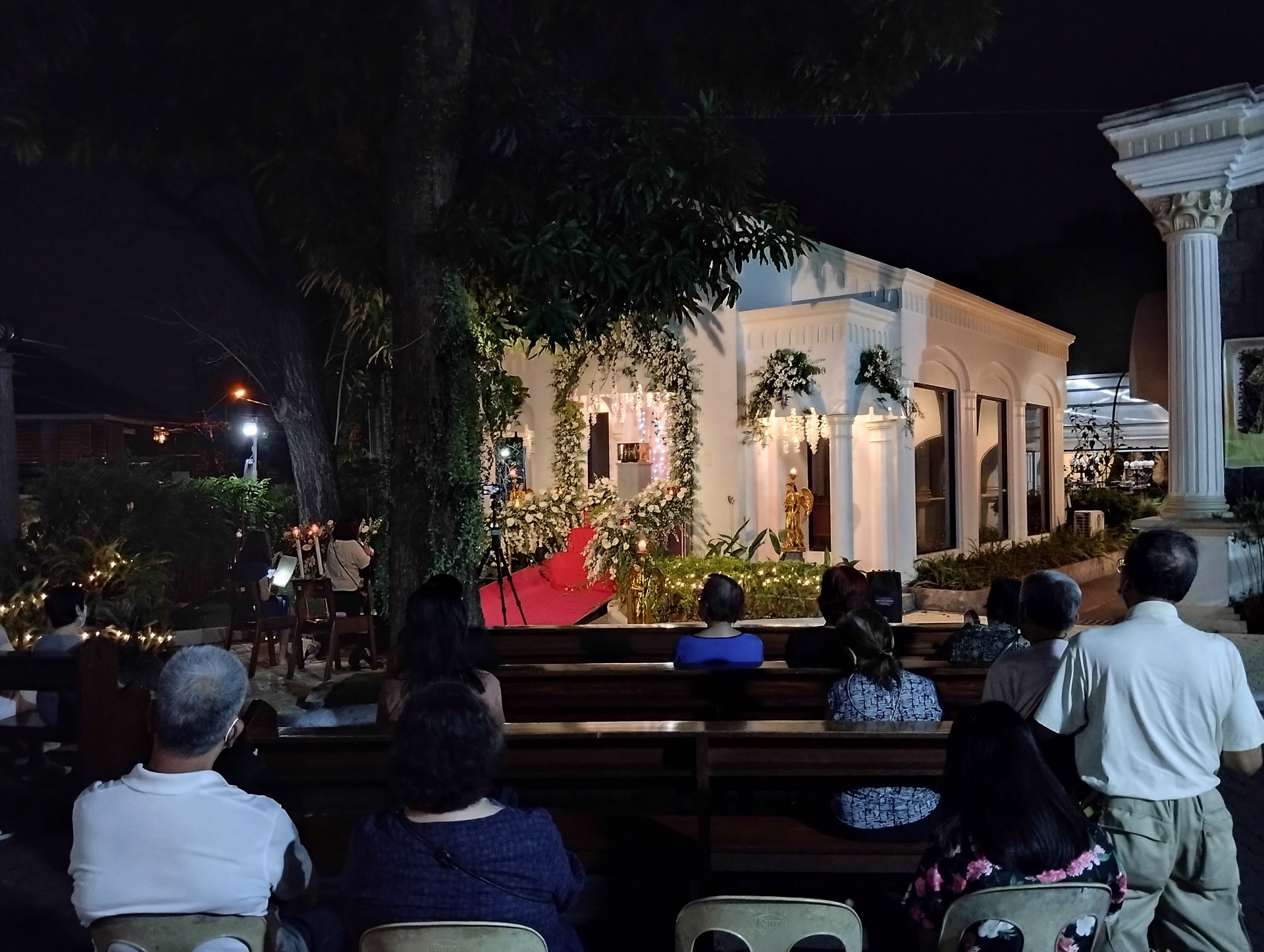
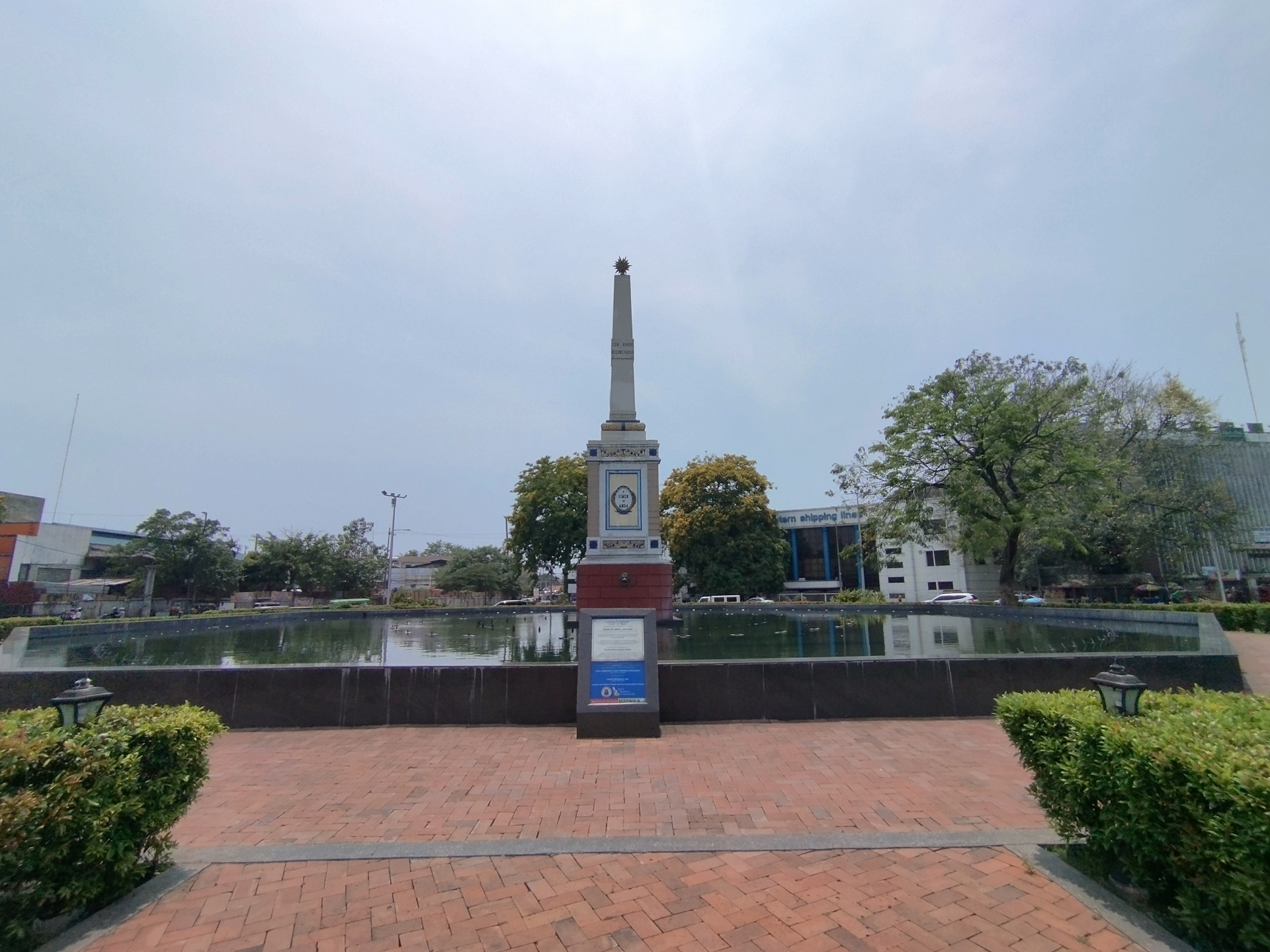
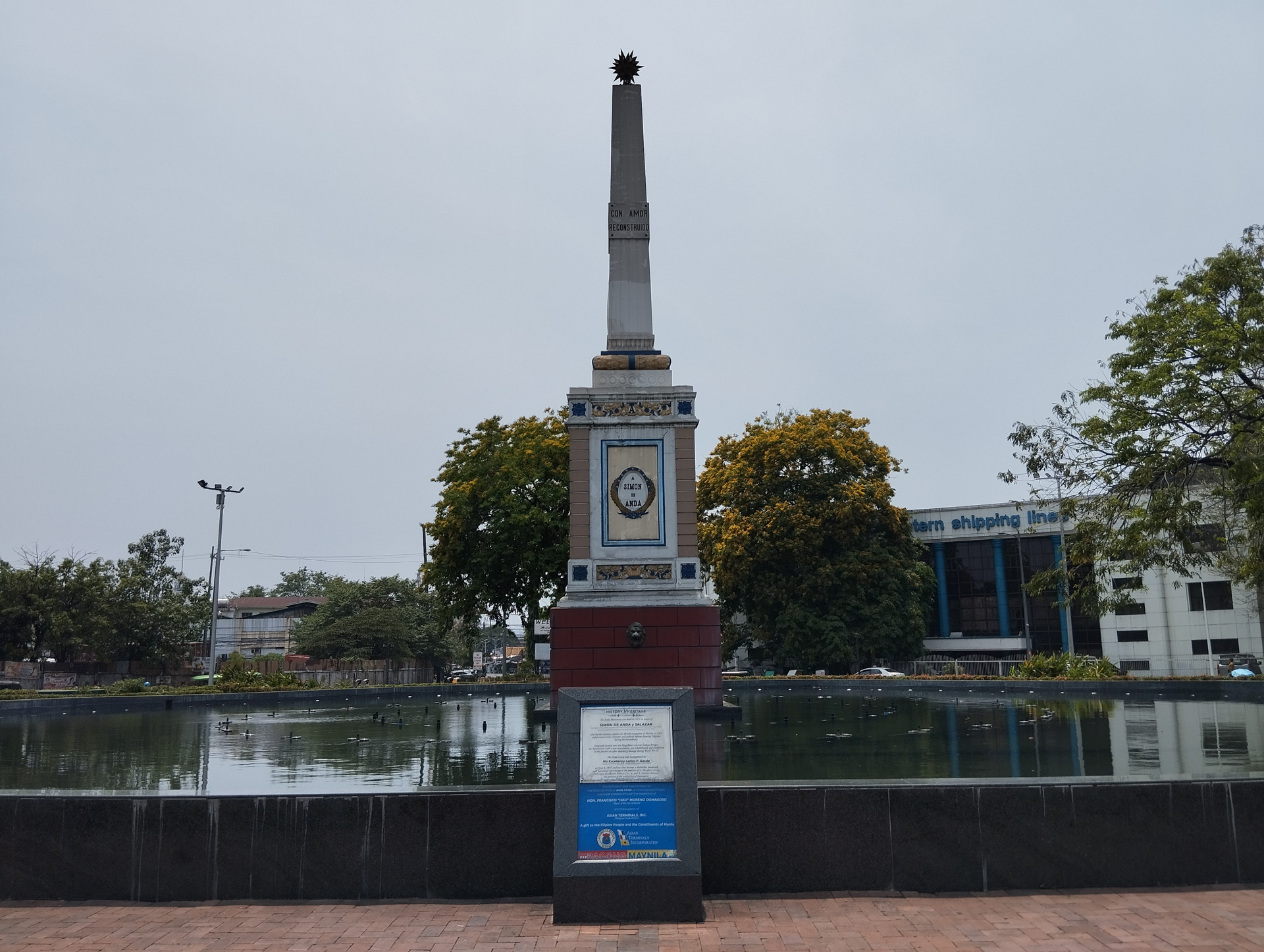


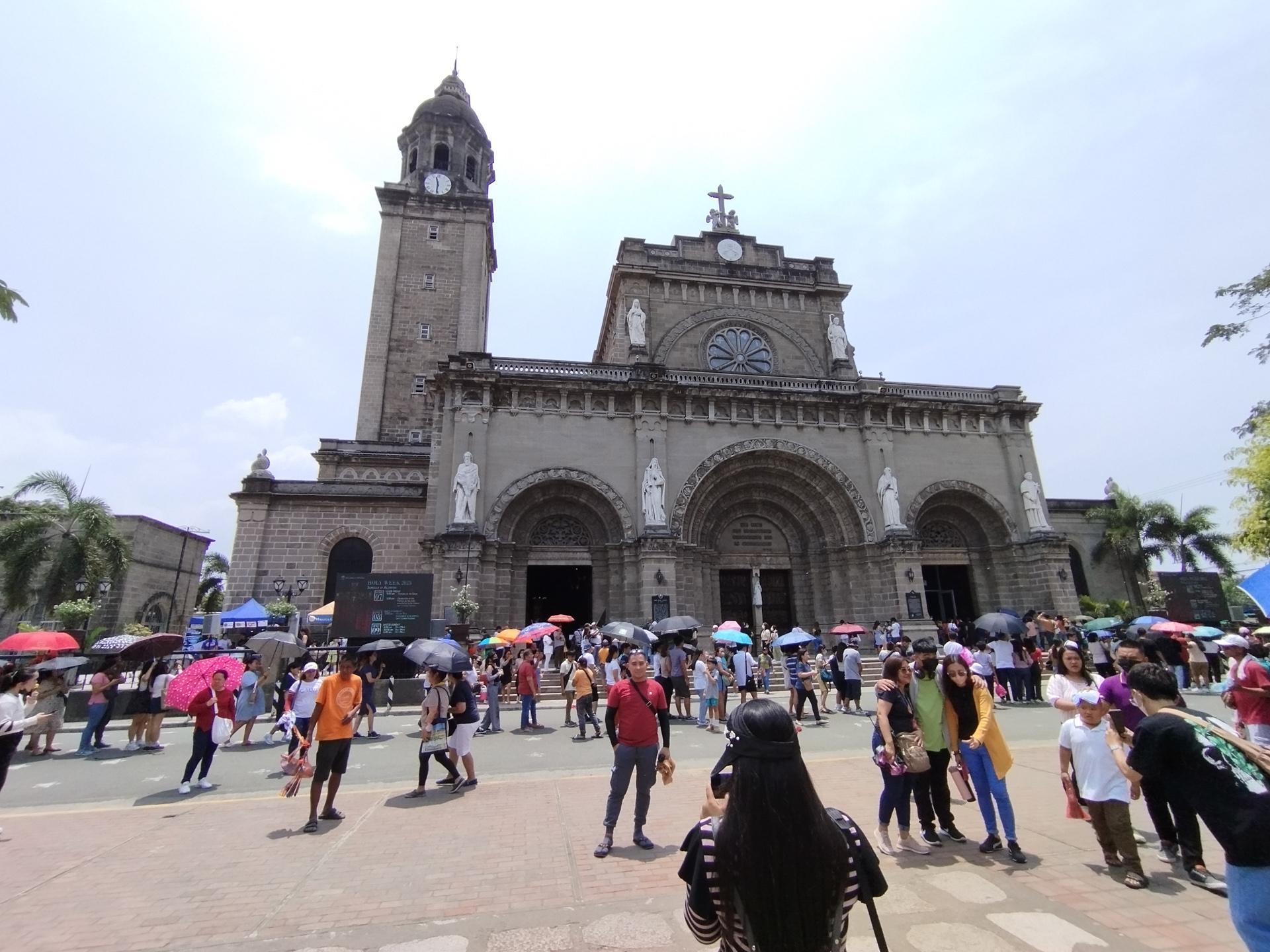
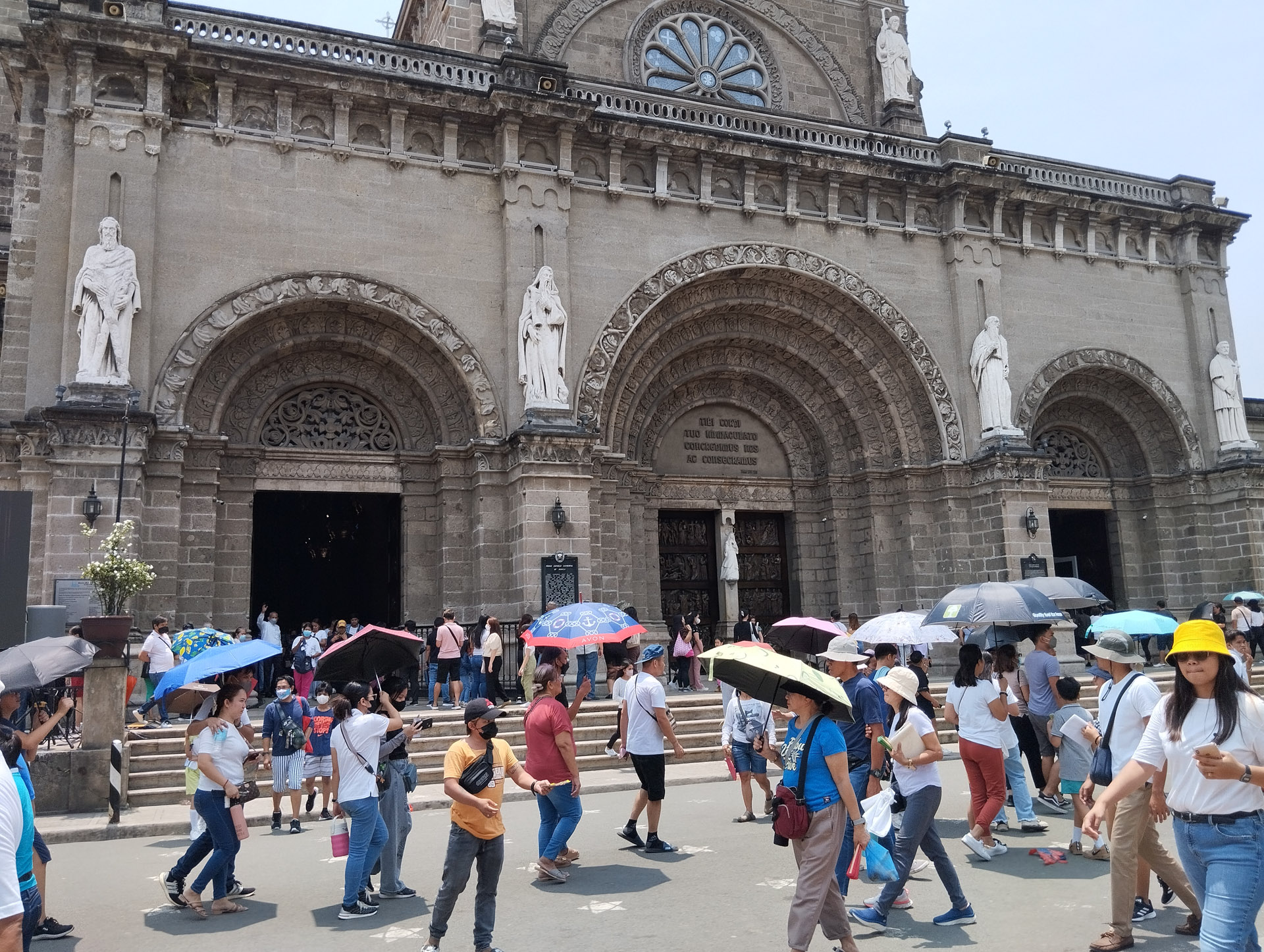
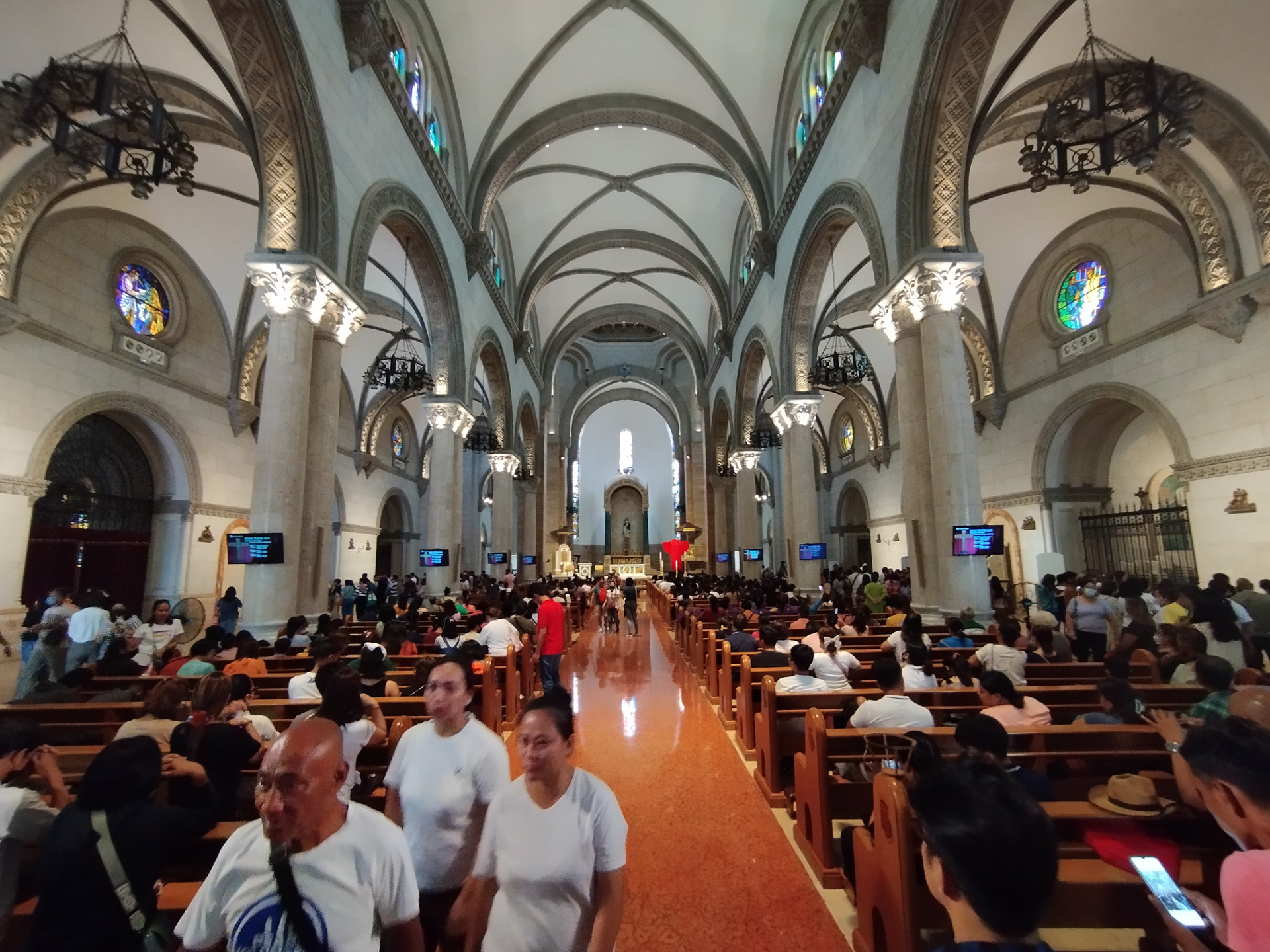

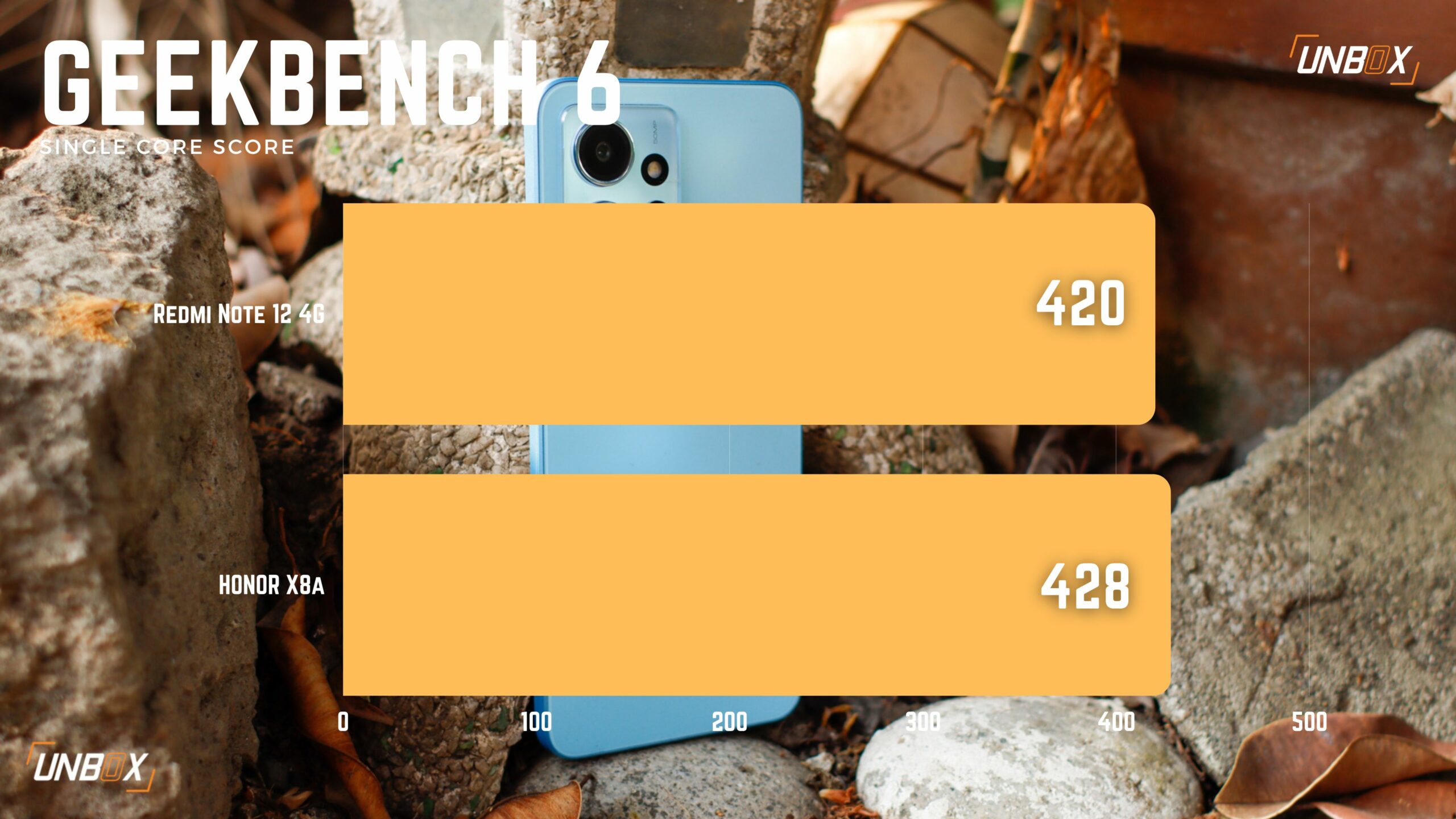
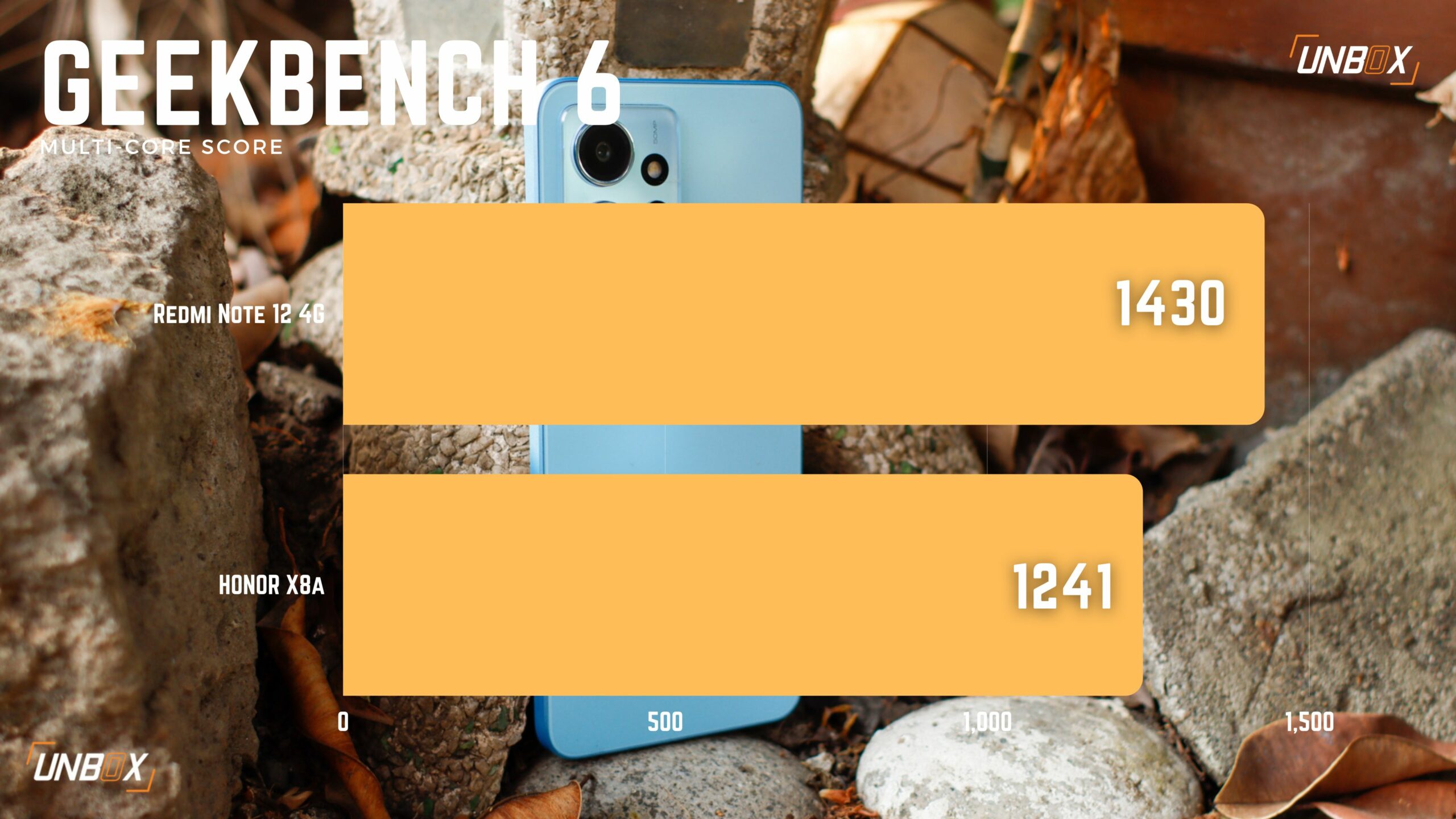
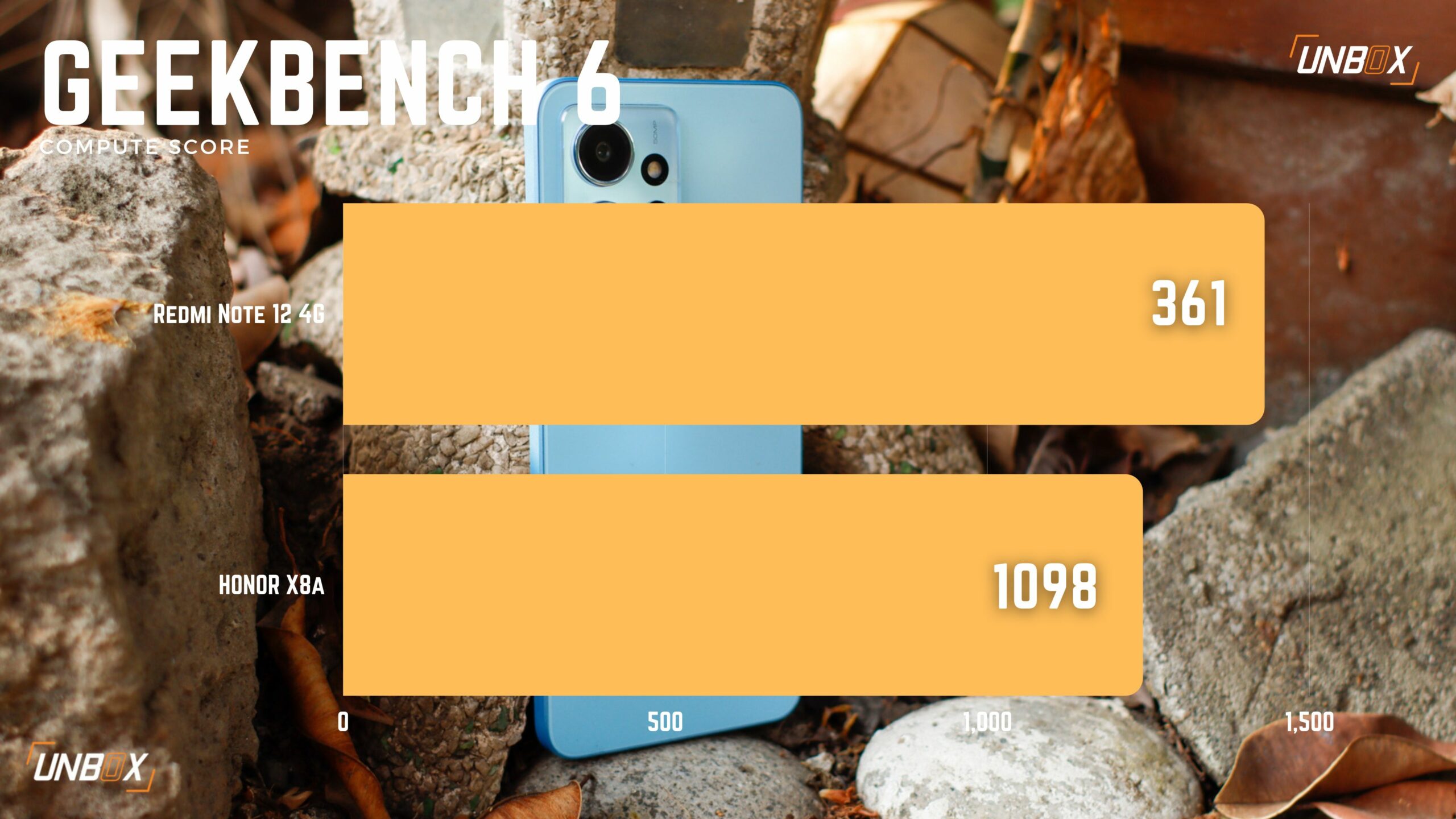
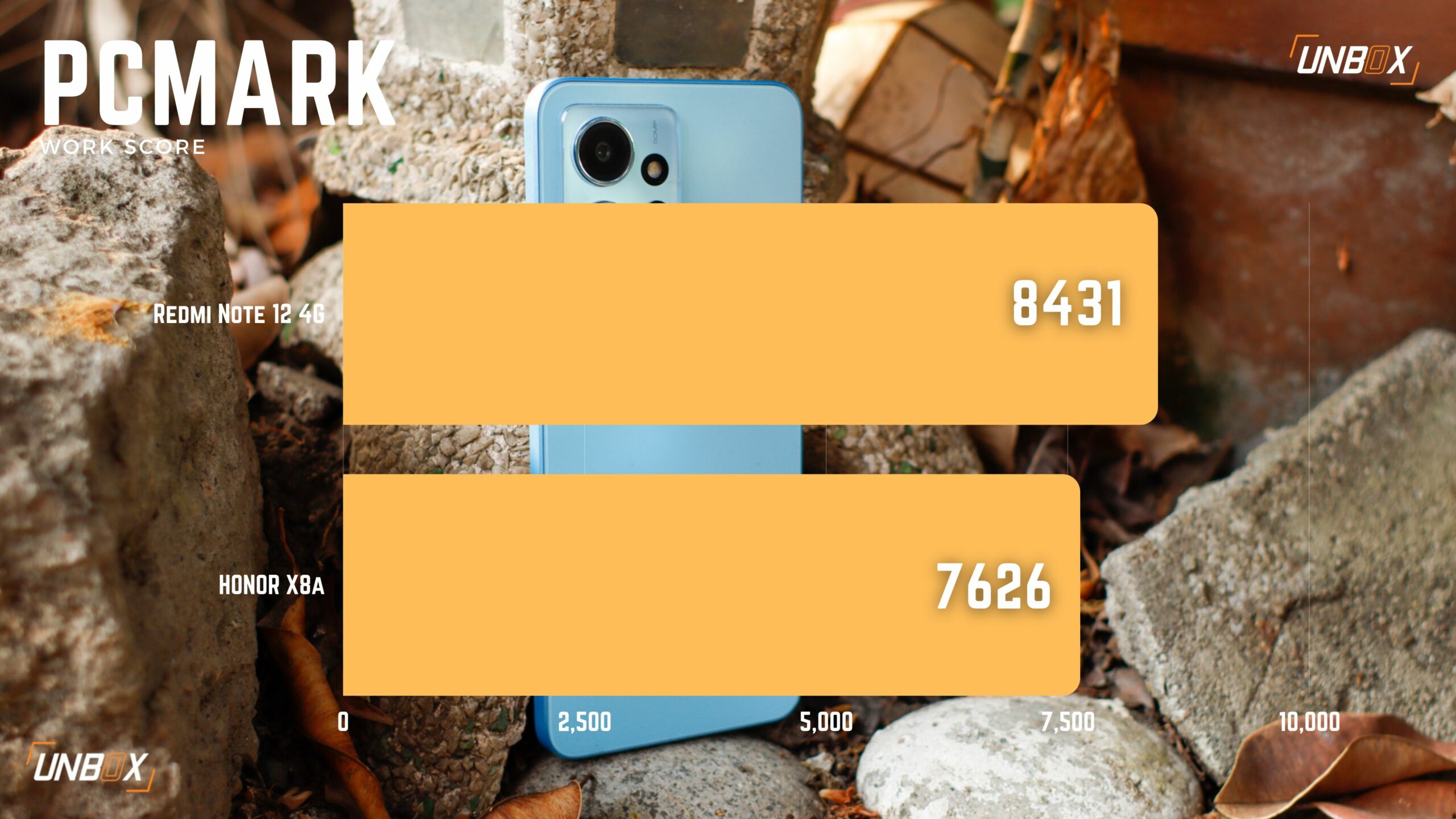
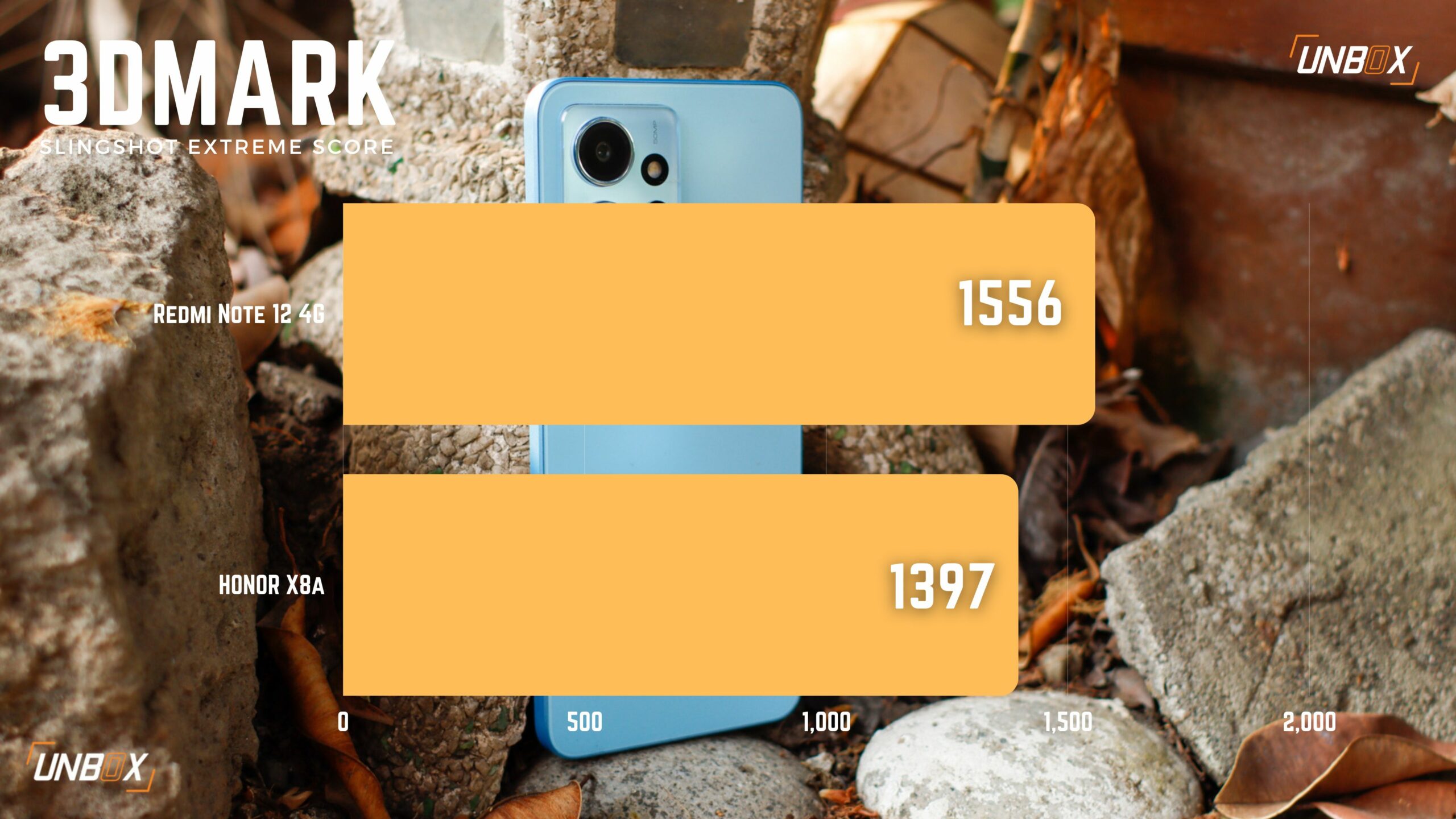
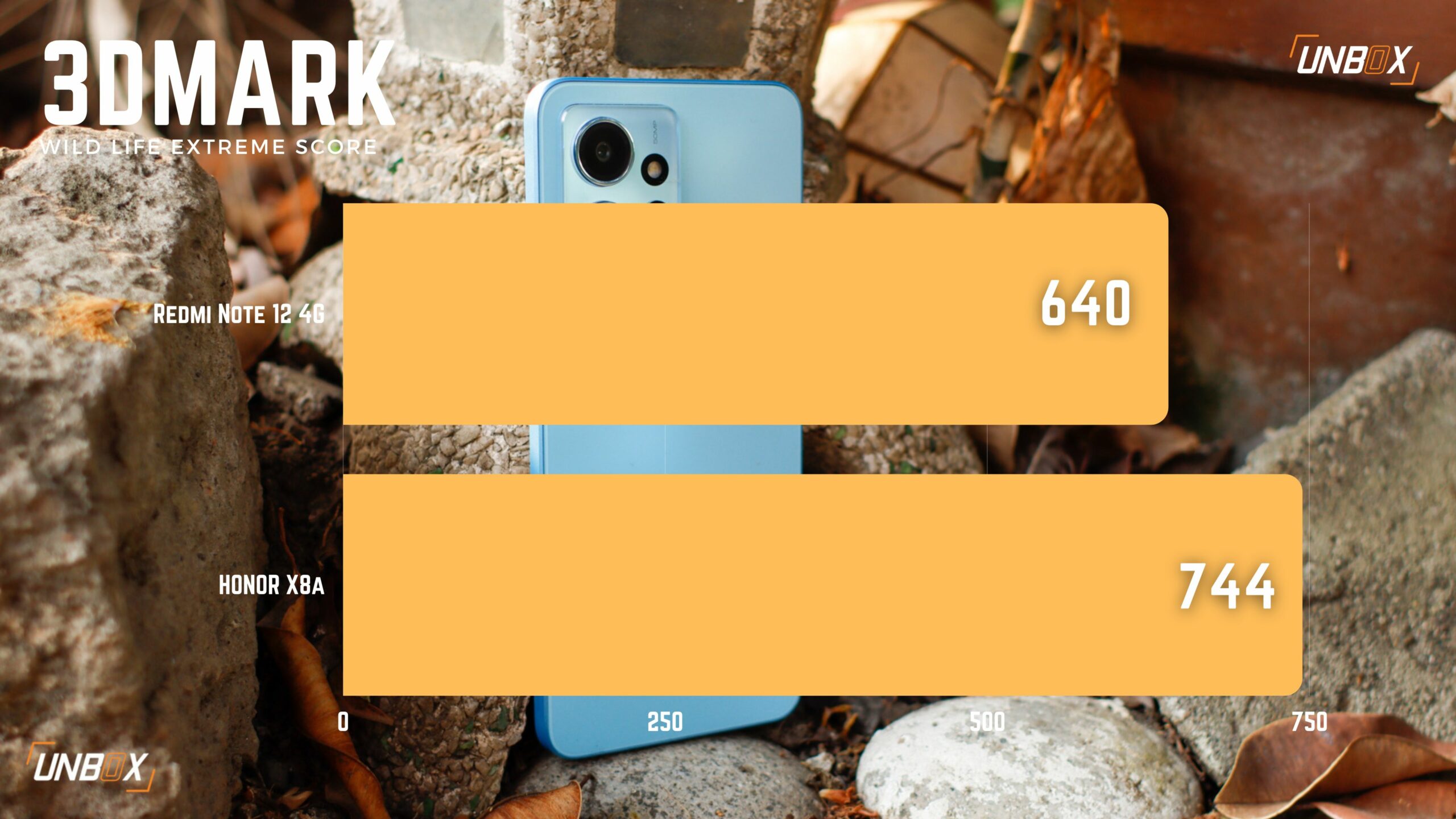


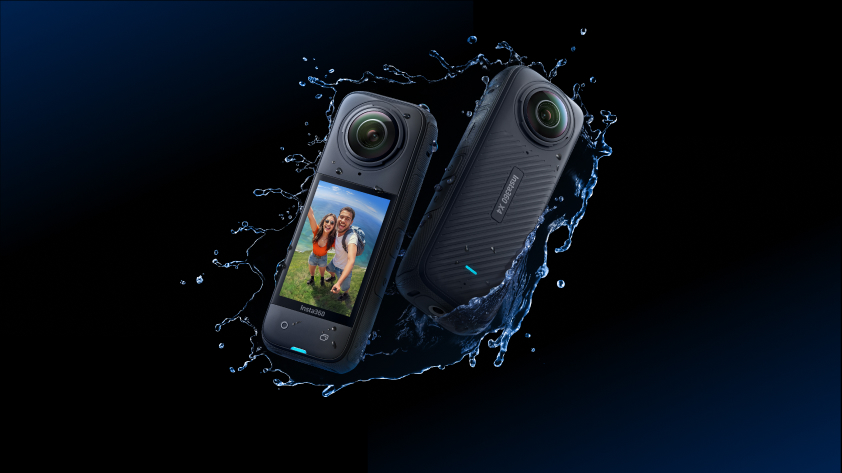

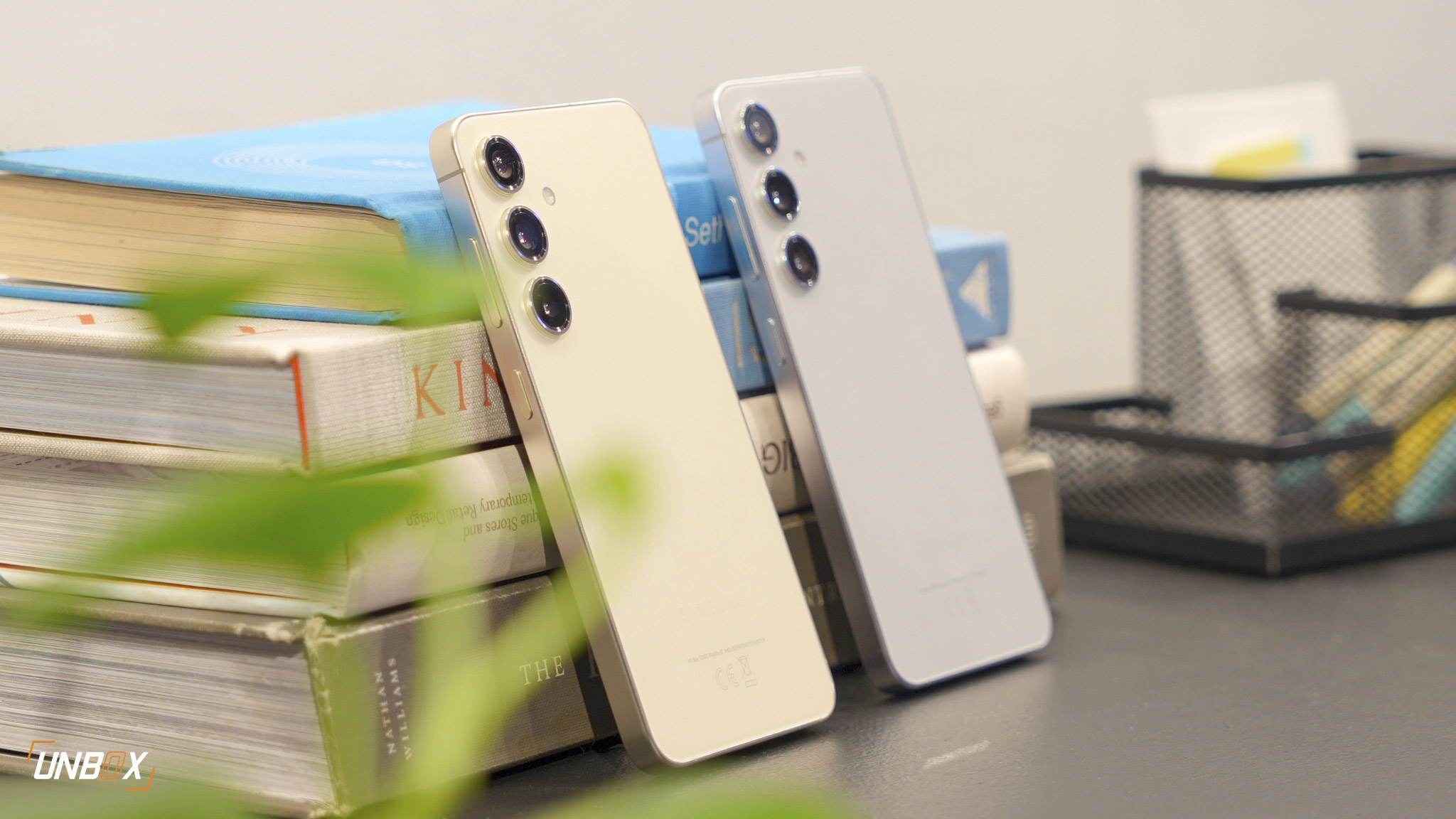
1 Comment